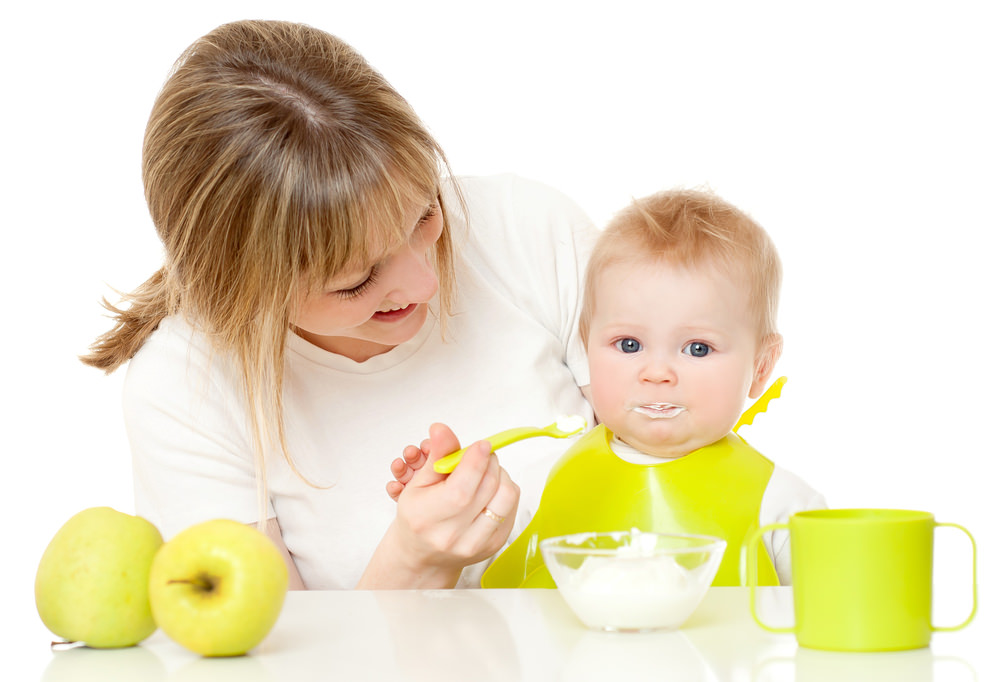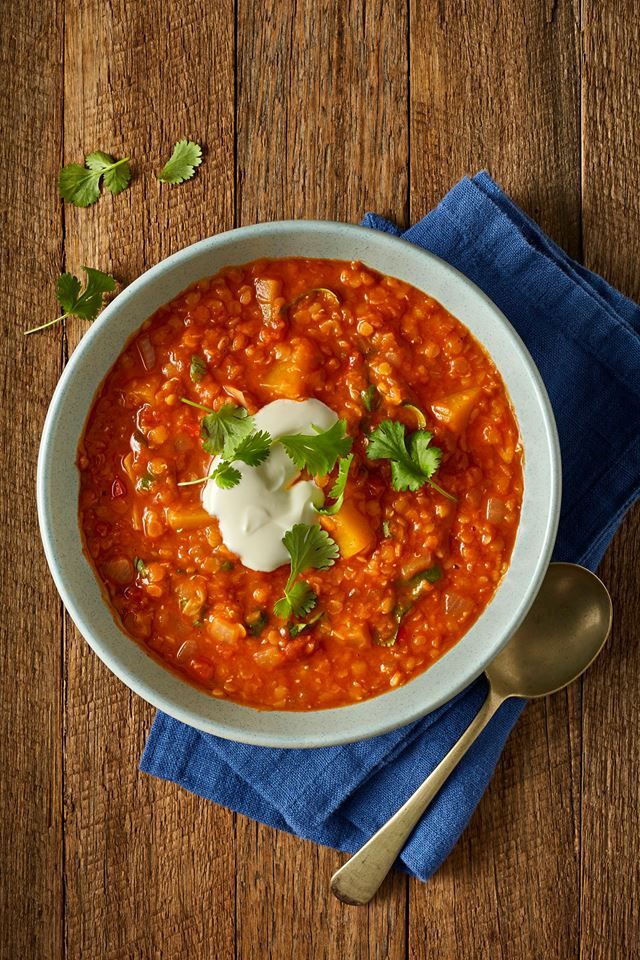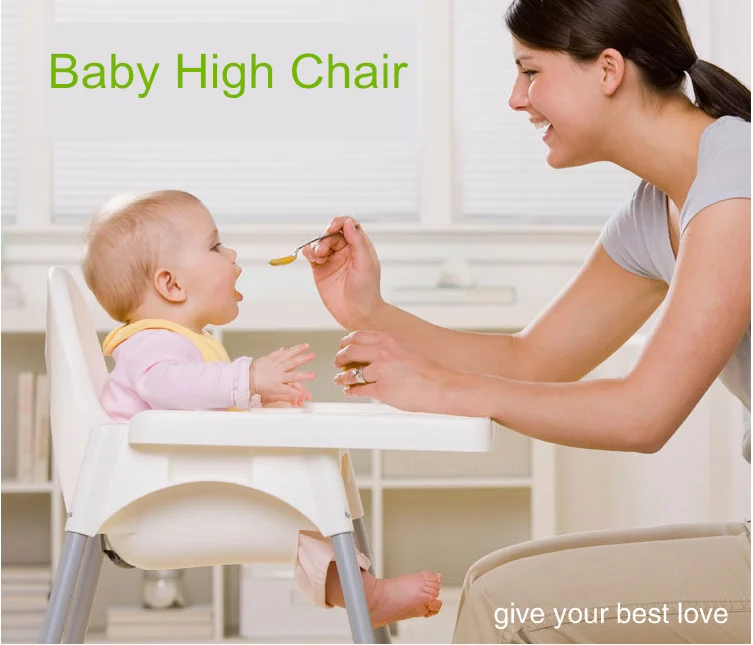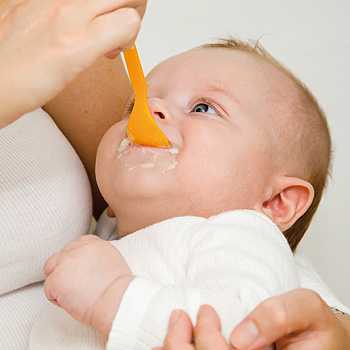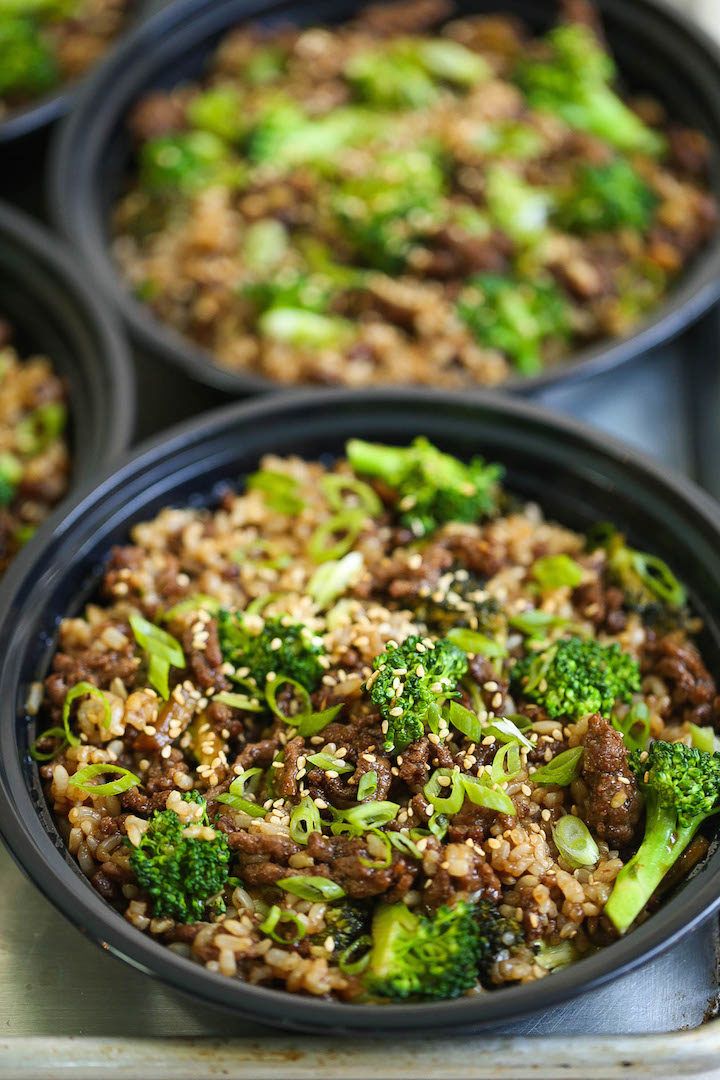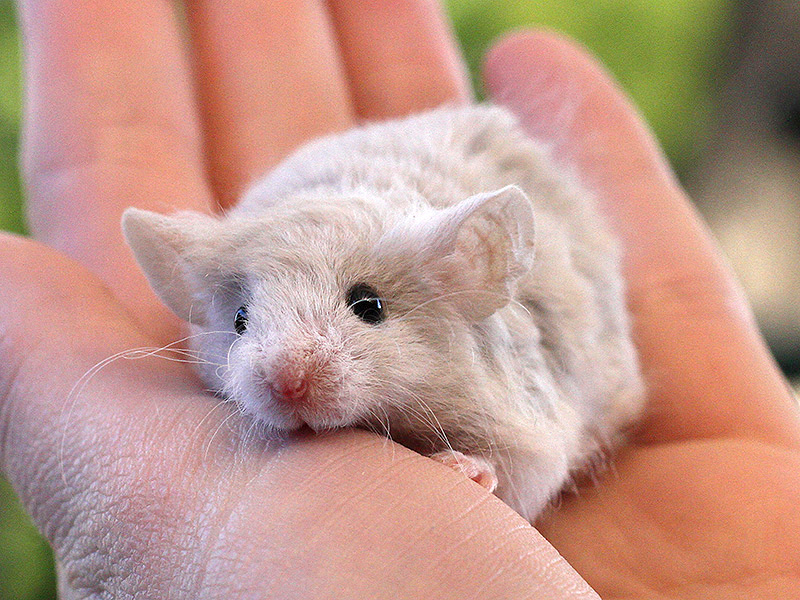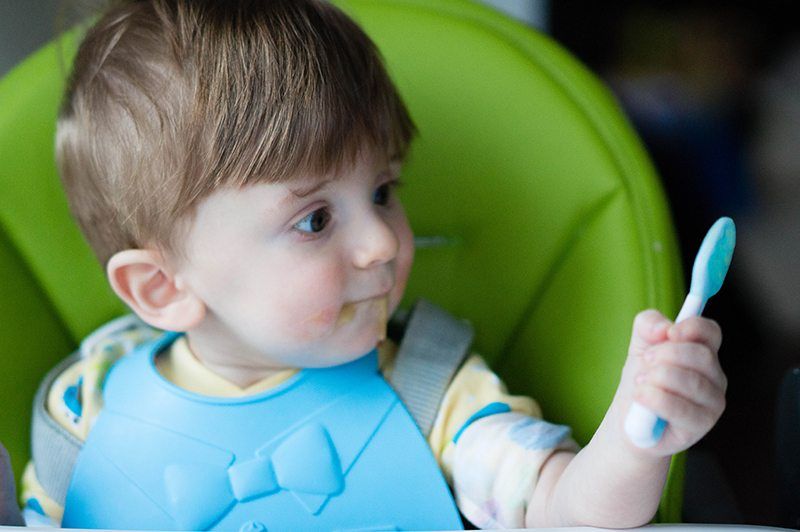How big is my baby compared to food
Baby Size Comparison with Fruits & Vegetables – Week by Week
From the moment of conception to delivery, your baby grows by leaps and bounds inside you. The gestational age of a baby is initially determined using ultrasound scans using markers like sac length and length from crown to rump. This is because every baby grows at the same pace only up to a certain stage of pregnancy. Here, we attempt to explain how big your baby is getting with each passing week using fruits and veggies as examples.
Studying your baby size during pregnancy is fascinating. At the time of conception, your baby is discernable. The size of the foetus at every stage during pregnancy is used as a benchmark to determine if the pregnancy is progressing normally and your baby is growing as she ought to be. When you’ve just become pregnant, your baby is barely the size of a seed. From this size, your baby will gain up to 3.5 kilos of weight by the time she is born.
Baby Size: Weeks 1 to 3
At this stage, the fertilisation of the egg happens in the mother’s body and the zygote attaches itself to the uterus. Your baby has just been formed at this stage and begins growing from two cells.
Week 4 Baby Size
In medical terms, the baby is called a blastocyst. If one had the chance to look at the baby, it would look like a group of cells bunched up together like a ball. It would be comparable to the size of a poppy seed.
Baby Weight:
The baby’s weight is barely discernible at this stage, weighing in at less than a gram.
Baby Length:
Your baby is very tiny at this stage and can be identified as a sac in the ultrasound scan. The baby would be less than 3mm in length.
How You Will Feel:
This is the start of the first signs that you are pregnant – bleeding and mild cramping, for example. However, most women dismiss these symptoms as they can easily be confused with the symptoms of the start of the menstrual cycle.
Week 5 Baby Size
Your baby is roughly the size of an apple seed.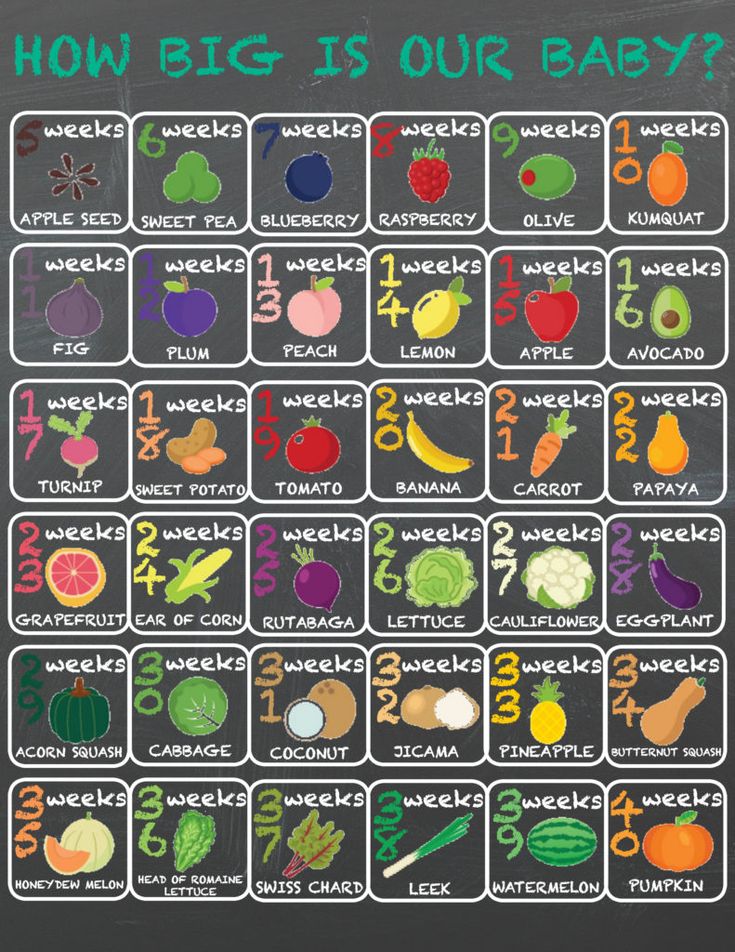 During this phase, organs such as the liver and kidney begin to form.
During this phase, organs such as the liver and kidney begin to form.
Baby Weight:
The baby’s weight at this stage is negligible; it is less than a gram.
Baby Length:
At this stage, the baby is about 0.13 inches long.
How You Will Feel:
You will start experiencing some of the more apparent symptoms of pregnancy, such as morning sickness and frequent urination.
Week 6 Baby Size
Your baby’s size can be compared to that of a sweet pea. During this phase, the eyes, nose, tongue, and vocal cords begin to form.
Baby Weight:
Your baby will be too small to have any significant weight.
Baby Length:
Your baby will measure just 0.25 inches in length at this stage.
How You Will Feel:
Your baby bump may still not be visible, but you may experience pregnancy-related issues like mood swings, cramps, and sore breasts.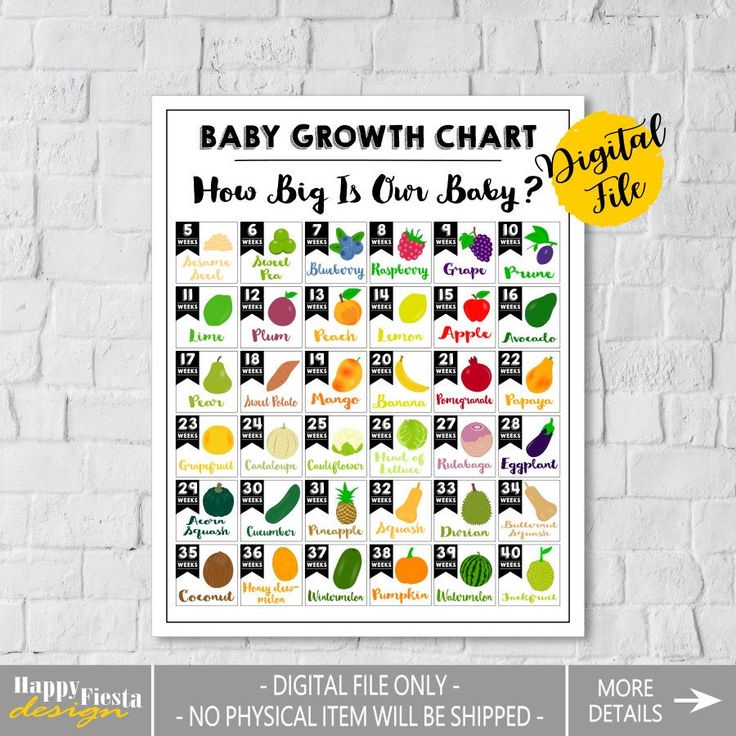
Week 7 Baby Size
The size of your baby is comparable to that of a blueberry at this stage, and the brain will grow by almost a third of its full size.
Baby Weight:
The baby’s weight is still negligible.
Baby Length:
At this stage, your baby measures between 13 and 18 mm in length.
How You Will Feel:
A few moms-to-be might get lucky and not experience any symptoms at all, but most pregnant women will experience nausea, food cravings, and acne.
Week 8 Baby Size
As you approach the 8-week mark, your baby will be half an inch in length and the size of a kidney bean. The baby has just about ‘lost its tail’ and has fingers that are webbed in nature.
Baby Weight:
Your baby will weigh around 1.1 grams (0.04 ounces) at this stage.
Baby Length:
Your baby will measure half an inch in length at this stage.
How You Will Feel:
Moms-to-be usually begin feeling the symptoms of early pregnancy during this stage.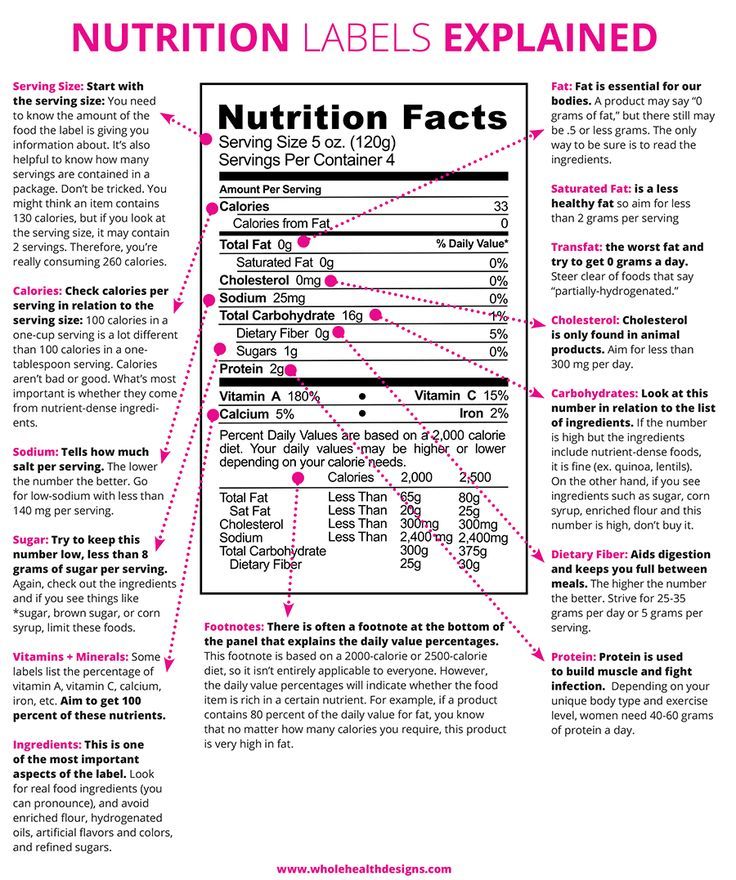 A rush of hormones can make one sensitive to the faintest of smells, and dream about things that are stranger than usual. Other issues that one might face include nausea, lightheadedness, and bloating.
A rush of hormones can make one sensitive to the faintest of smells, and dream about things that are stranger than usual. Other issues that one might face include nausea, lightheadedness, and bloating.
Week 9 Baby Size
Your baby will be the size of a grape. Its milk teeth will be forming at this point, along with hair follicles.
Baby Weight:
The baby weighs 1.9 grams (0.07 ounces) at this stage.
Baby Length:
The foetus is usually 0.9 inches long at this stage.
How You Will Feel:
One will experience the usual pregnancy symptoms such as headaches and morning sickness.
Week 10 Baby Size
At this stage, your baby is the size of a tiny tangerine. Your baby has a fully functioning heart and will begin to grow a set of arms and legs.
Baby Weight:
The baby weighs approximately 3.9 grams (0.14 ounces) at this stage.
Baby Length:
The baby’s length will be 1. 25 inches at this stage.
25 inches at this stage.
How You Will Feel:
Apart from the regular symptoms, you may also experience pain in the abdomen as your uterus grows larger to accommodate the foetus.
Week 11 Baby Size
Your baby is as big as a fig now and is well on its way to developing its arteries and veins.
Baby Weight:
Your baby will weigh 7 grams (0.25 ounces) at this stage.
Baby Length:
At 1.61 inches, your baby is growing rapidly in length.
How You Will Feel:
Along with the regular symptoms, you may experience issues with gas, which is why you should avoid beans and fried food, and focus on fibre-rich food.
Week 12 Baby Size
Your baby is the size of a lime at this stage, and its soft body is gradually developing bones.
Baby Weight:
Your baby will weigh 14 grams (0.49 ounces) at this stage.
Baby Length:
Your baby will be 2. 13 inches long at this stage.
13 inches long at this stage.
How You Will Feel:
You should see a reduced bout of morning sickness and increased energy. However, you are likely to experience headaches due to changes in blood pressure.
Week 13 Baby Size
Your baby is now the size of a pea pod from head to toe. You can clearly view the hands, legs and head in an ultrasound scan. You will also see that the baby is constantly moving and very active at this stage.
Baby Weight:
Your baby will weigh 23 grams (0.81 ounces).
Baby Length:
At 2.91 inches in length, your baby will be very visible on an ultrasound scan.
How You Will Feel:
This will be the best phase of your pregnancy period as nausea will go down, your energy levels will increase, and there will be a spike in your libido.
Week 14 Baby Size
Your baby is now the size of a big lemon and is in the process of exercising its facial muscles which will change its expressions ever so often.
Baby Weight:
Your baby will weigh over 42 grams (1 and a half ounces) at this stage.
Baby Length:
Your baby will measure 3.9 inches in length.
How You Will Feel:
You will have surprisingly thick, silky hair and won’t feel lethargic anymore.
Week 15 Baby Size
Your baby can be compared to the size of an apple or small pear at this stage. Your baby’s sense of hearing is getting developed, and it can most probably hear the soothing rhythm of your heartbeat.
Baby Weight:
Your baby weighs 68 grams (2.4 ounces) at this stage.
Baby Length:
Your baby will be closing in on 4 inches of length at this phase.
How You Will Feel:
If you are a second-time mother, you may begin to feel your baby move around this time. It may take much longer for new mothers to recognise or feel the baby move.
Week 16 Baby Size
Your baby is now the size of an avocado and has got a fully functional circulatory system in place.
Baby Weight:
At 100 grams (3.53 ounces), your baby is gaining weight rapidly.
Baby Length:
Your baby will be over 4.5 inches in length at this stage.
How You Will Feel:
At this stage, you will be dealing with a mixed bag of symptoms. On one hand, you’ll be dealing with backaches and constipation, and on the other, you will have radiant and glowing skin.
Baby Size 17 Weeks
Your baby is now the size of a pear and has developed its unique fingerprint by this point.
Baby Weight:
At 140 grams (4.94 ounces), your baby is slowly filling in your uterus.
Baby Length:
Your baby will have stretched to nearly 5.12 inches in length at this stage.
How You Will Feel:
As the baby is growing at a rapid pace, you might experience strange dreams, weight gain, and increased fluids in your body.
Baby Size 18 Weeks
Your baby’s size is comparable to that of a sweet potato, and the sex of the baby will become clear.
Baby Weight:
The baby weighs 190 grams (6.70 ounces) at this stage.
Baby Length:
Your baby would be well over 5.5 inches in length.
How You Will Feel:
If you haven’t already, you should start to feel the baby move.
Baby Size 19 Weeks
Your baby will be nearly as big as a mango and the sensory organs will continue to develop at a rapid pace.
Baby Weight:
Your baby weighs nearly 238 grams (8.4 ounces) at this stage.
Baby Length:
Your baby will be 6 inches long at this stage.
How You Will Feel:
Ligament pains aren’t unusual at this stage. As your uterus expands and puts pressure on your body, you may feel dizzy and lightheaded. Some women may also experience leg cramps and hip pain at this stage.
Baby Size 20 Weeks
Your baby is almost as big as a banana now. Second-time mothers can usually feel the baby move at this stage as the baby becomes more active every day.
Baby Weight:
Your baby weighs 283 grams (10 ounces) at this stage.
Baby Length:
Your baby is over 10.5 inches in length at this time.
How You Will Feel:
Swelling and shortness of breath are common at this stage. You may also experience high bursts of energy at times.
Baby Size 21 Weeks
Your baby is the size of a bulky carrot. At this point, the baby’s rate of growth will begin to out-pace the placenta.
Baby Weight:
Your baby weighs nearly 340 grams (12 ounces).
Baby Length:
Your baby will be 10.58 inches long.
How You Will Feel:
Your baby bump should be rather noticeable at this stage. Leg cramps can feel more severe. You may also experience vaginal discharge, which is normal.
Baby Size 22 Weeks
Your baby will be the size of a squash at the 22-week mark.
Baby Weight:
At over 425 grams (15 ounces) in weight, your baby is now nearly half a kilogram.
Baby Length:
Your baby will be nearly 11 inches long.
How You Will Feel:
Your skin may become itchy, and you may experience heartburn. Your body may also prepare for the impending delivery by experiencing Braxton Hicks contractions, a type of pre-labour uterine contraction.
Baby Size 23 Weeks
Your baby is as big as a grapefruit at this stage, and its bone marrow has begun to produce red blood cells on its own.
Baby Weight:
Your baby will weigh 498 grams (1.1 pounds) at this stage.
Baby Length:
Your baby’s size will be nearly 11.4 inches from head to heel.
How You Will Feel:
Lingering backaches, swollen gums and ankles are all common discomforts experienced by pregnant women during this phase of their pregnancy.
Baby Size 24 Weeks
Your baby is now the size of an ear of corn.
Baby Weight:
Your baby is nearly 589 grams (1. 3 pounds).
3 pounds).
Baby Length:
Your baby is now a whole foot long, and much bigger than when it was first formed.
How You Will Feel:
The linea nigra or the line that runs along the centre of your belly will darken and be very visible at this stage. You may also see stretch marks as your baby pushes your uterus out, and your skin expands to accommodate this change.
Baby Size 25 Weeks
Your baby is comparable to an acorn squash at this stage and is active enough to respond to unpleasant sounds with an occasional kick or two.
Baby Weight:
Your baby is nearly 680 grams (a pound and a half) in weight.
Baby Length:
Your baby will be 13.6 inches in length.
How You Will Feel:
You may have trouble sleeping and may have the urge to urinate more frequently.
Baby Size 26 Weeks
Your baby resembles a head of kale in size and has a fairly developed spinal cord.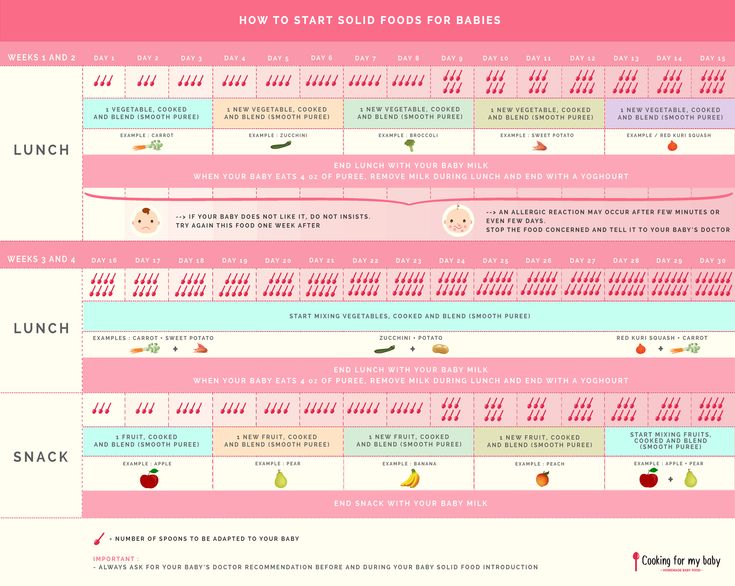
Baby Weight:
At a whopping 771 grams (1.7 pounds), your baby is now much heavier than when first seen on a scan.
Baby Length:
Your baby will be over 14 inches in length.
How Will You Feel:
Your blood pressure may elevate at this point – make sure to track it. You may find that you have difficulty remembering things, unlike before. Your belly will be much bigger, and this may be the right time to switch to comfortable fitting maternity clothes.
Baby Size 27 Weeks
Your baby is as big as a cauliflower. Its ears have developed and it can distinguish your sound at this stage.
Baby Weight:
Your baby weighs 861 grams (1.9 pounds) at this stage.
Baby Length:
Your baby is a little over 14.4 inches in length.
How You Will Feel:
The regular discomfort of the second trimester will continue, but as you step into the third trimester, you will also experience stronger fetal movements as your belly expands.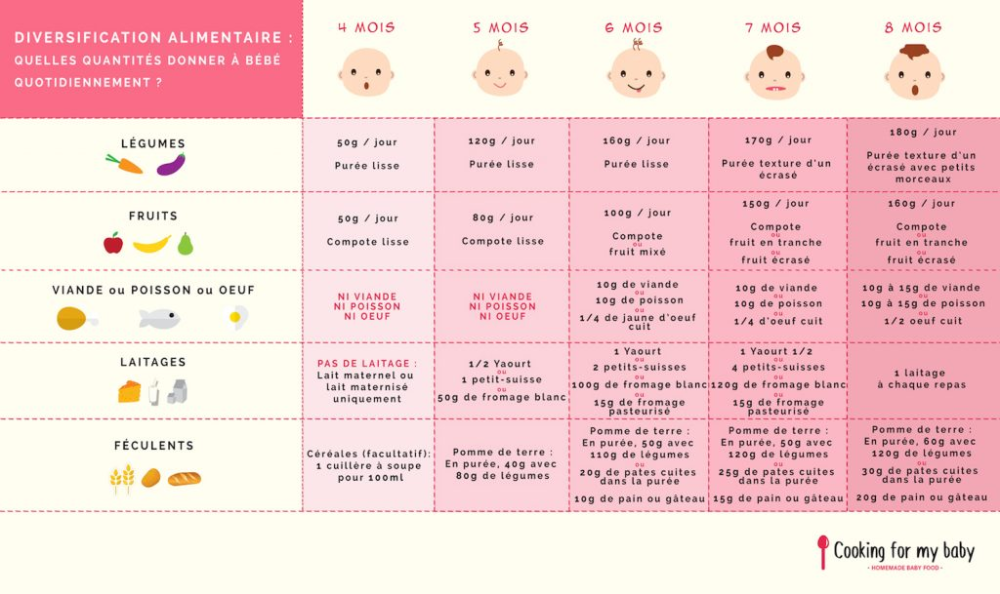
Baby Size 28 Weeks
Your baby is now the size of a large eggplant and you may hear hiccups often, which is normal.
Baby Weight:
Your baby will weigh nearly 997 grams (2.2 pounds).
Baby Length:
Your baby will be about 15 inches long.
How You Will Feel:
As your baby grows and your stomach expands, you will experience several difficulties. The growing size of your uterus will create pressure on your bladder, thus creating frequent urges to empty it. Your baby’s movements will also be stronger, and will probably keep you up at night.
Baby Size 29 Weeks
Your baby is as large as a butternut squash, and a large part of it constitutes the brain which is developing at a rapid pace.
Baby Weight:
Your baby will easily reach 1.1 kgs (2.5 pounds) of weight at this stage.
Baby Length:
Your baby will be 15.2 inches long.
How You Will Feel:
You may experience constipation, haemorrhoids and itchy skin at this point. It will be difficult to get a good night’s sleep, and you will be recommended to sleep on your side to avoid straining your back with your growing stomach size.
Baby Size 30 Weeks
Your baby is as big as a large cabbage at this stage, and the growth of the baby in terms of size is likely to decelerate.
Baby Weight:
Your baby weighs 1.3 kgs (2.91 pounds).
Baby Length:
Your baby’s length is 15.7 inches at this stage.
How You Will Feel:
Your baby’s size has reached up to your rib cage and you will feel shortness of breath and exhaustion at this stage of your pregnancy.
Baby Size 31 Weeks
Your baby could be comparable to a large coconut at this stage, and it would have a sense of taste that is developed enough to taste the amniotic fluid.
Baby Weight:
Your baby will weigh over 1. 4 kgs (3 pounds) at this time.
4 kgs (3 pounds) at this time.
Baby Length:
Baby will be 16.2 inches in length.
How You Will Feel:
An achy back, heartburn, swelling of your extremities, and light contractions are normal pregnancy symptoms at this stage.
Baby Size 32 Weeks
Your baby is now the size of a Chinese cabbage and has a complete set of toes and fingernails.
Baby Weight:
Your baby will weigh 1.7 kgs (3.8 pounds).
Baby Length:
Your baby will be over 16.7 inches in length.
How You Will Feel:
During this time, a pregnant woman is likely to experience vaginal discharge, dark nipples, and leaky breasts.
Baby Size 33 Weeks
Your baby is now the size of a pineapple and is well on its way to having an immune system.
Baby Weight:
Your baby weighs nearly 1.9 kgs (4.2 pounds) at this stage.
Baby Length:
Your baby will be 17. 2 inches long now.
2 inches long now.
How You Will Feel:
You may have headaches as you grow increasingly exhausted. Always stay hydrated, and be careful when you move around.
Baby Size 34 Weeks
Your baby is now the size of a melon and has probably developed a layer of fat to insulate itself from losing too much heat.
Baby Weight:
Your baby is 2.1 kg (4.7 pounds) in weight.
Baby Length:
Your baby will be over 17.7 inches long.
How You Will Feel:
You may feel your stomach lower than it was a few weeks ago. This is because the baby would have descended to the pelvis for delivery.
Baby Size 35 Weeks
Your baby is now as big as a honeydew melon and you will experience a lot more movement during this time.
Baby Weight:
Your baby is 2.4 kgs (5.3 pounds) heavy.
Baby Length:
Your baby will measure 18 inches in length.
How You Will Feel:
One might need to go to the bathroom more frequently because the baby would be pressing down on the bladder as it would have moved to the pelvic region by now.
Baby Size 36 Weeks
Your baby is as big as a canary melon at this stage, and there is a chance that the baby’s head has shifted down to the pelvis.
Baby Weight:
Weight gain slows down, and the baby will weigh 2.6 kgs (5.78 pounds) at this stage.
Baby Length:
Your baby will measure 18.6 inches in length at this stage.
How You Will Feel:
The baby’s descent will be putting pressure on your pelvic floor. On the bright side, your ability to breathe will have improved as the lungs have more space to expand.
Baby Size 37 Weeks
Your baby is now as long as a bunch of Swiss chard leaves – the baby’s brain and lungs will continue to mature during this time.
Baby Weight:
Your baby will be 2.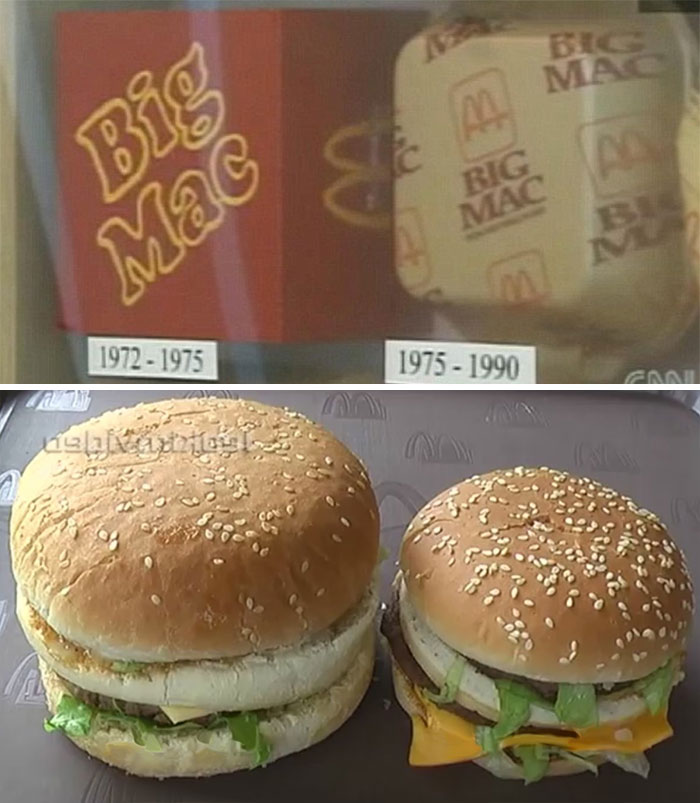 8 kgs (6.3 pounds) on average at this stage.
8 kgs (6.3 pounds) on average at this stage.
Baby Length:
Your baby is roughly 19 inches long at this stage.
How You Will Feel:
You will experience Braxton Hicks contractions which may be confused with labour pain. You may notice increased discharge and vaginal spotting.
Baby Size 38 Weeks
At 38 weeks, your baby is the size of a stalk of rhubarb.
Baby Weight:
Your baby may weigh 3 kgs (6.8 pounds) on average.
Baby Length:
Your baby will be roughly 19.5 inches long by this phase.
How You Will Feel:
Your contractions may come closer together. Pay attention to make sure you do not confuse labour pains with Braxton Hicks contractions. One may also experience anxiety as one anticipates the baby’s delivery.
Baby Size 39 Weeks
Your baby now resembles the size of a small watermelon and develops a new layer of skin which is much tougher than its older skin.
Baby Weight:
Your baby will weigh nearly 3.1 kgs (7 pounds).
Baby Length:
Your baby will easily measure 20 inches in length.
How You Will Feel:
Along with Braxton Hicks contractions, one will experience thick, mucous-like discharge along with blood.
Baby Size 40 Weeks
You have officially come to the end of your pregnancy. Your baby will be as big as a watermelon, and your pregnancy will soon culminate in the delivery of your child.
Baby Weight:
A full-term baby weighs 3.4 kgs (7.6 pounds) on average.
Baby Length:
Your baby will be 20.2 inches long from head to toe at this stage.
How You Will Feel:
You made it! Now, just hang in there till your body decides it is time for the birth. Get as much rest as you can, for your body needs the energy and strength to push out a little being.
After a certain stage, every baby takes her own pace of growth.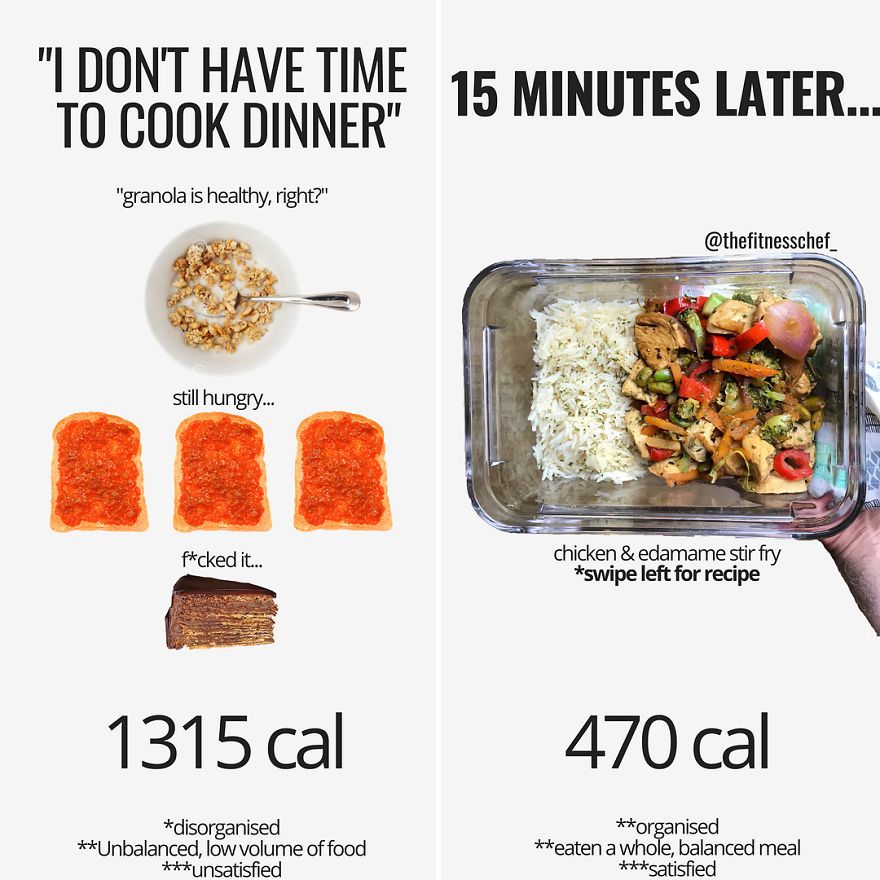 Hereditary factors, maternal nutrition and health come into play at this stage, and this is why every baby has a different size, weight and head circumference at the time of birth. Eating right and healthy is the key to a successful pregnancy. This will also help you enjoy these natural changes in your body! Have a happy pregnancy!
Hereditary factors, maternal nutrition and health come into play at this stage, and this is why every baby has a different size, weight and head circumference at the time of birth. Eating right and healthy is the key to a successful pregnancy. This will also help you enjoy these natural changes in your body! Have a happy pregnancy!
Also Read: Foetal Growth Chart Week by Week
How Big Is Your Baby? Week-by-week Fruit Comparison
Comparing the size will give you an exact idea of how big your little one has grown.
Research-backed
MomJunction believes in providing reliable, research-backed information to you. As per our strong editorial policy requirements, we base our health articles on references (citations) taken from authority sites, international journals, and research studies. However, if you find any incongruencies, feel free to write to us.
Image: Shutterstock
Want to know how big is your baby inside your belly? This post will help you do so.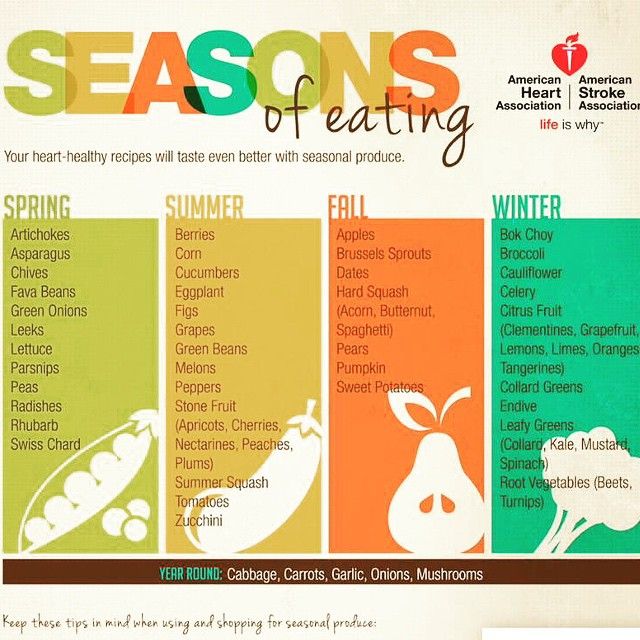 A baby grows every day, and you can compare its growth to various fruits and vegetables of similar size to get a rough idea about the growth. Although ultrasounds help you see your baby and ensure their well-being, they do not give a clear idea of the size. Read on to know about the week-by-week comparison of your baby’s size through fruits similar to its size.
A baby grows every day, and you can compare its growth to various fruits and vegetables of similar size to get a rough idea about the growth. Although ultrasounds help you see your baby and ensure their well-being, they do not give a clear idea of the size. Read on to know about the week-by-week comparison of your baby’s size through fruits similar to its size.
Here, we compare the baby’s size with that of a fruit, so that you can let your imagination loose, and begin drawing a picture of your baby (1) (2).
Click here to view an enlarged version of this infographic
Weeks 1 to 3
The size of the baby is not measurable during this period. You may not even know that you are pregnant during this time.
Your days of pregnancy start from the first day of your last period. Ovulation takes place in week two, which means before that you are not pregnant, but the body is preparing for your pregnancy by forming the uterine lining. The egg gets fertilized during your ovulation and the fertilized egg implants in the next week, i. e., third week of your pregnancy.
e., third week of your pregnancy.
Week 4
Image: Shutterstock
Your baby is an embryo and about the size of a poppy seed. The embryo is made of 32 cells, which separate into three distinct layers that further develop into a body structure. Nausea and indigestion are common in this week.
Length: 0.1cm (0.04in)
Weight: Less than 1g (0.035oz)
Week 5
Image: Shutterstock
The baby is about the size of a peppercorn. You may start experiencing the early symptoms of pregnancy, such as breast tenderness, headaches, and morning sickness. The development of the heart, spinal cord, brain, and blood vessels begin in the baby during this week.
Length: 0.1cm (0.04in)
Weight: Less than 1g (0.035oz)
Week 6
Image: Shutterstock
Your baby is about the size of a pomegranate seed. By this week, your baby has leaped in size and is well protected by the amniotic sac.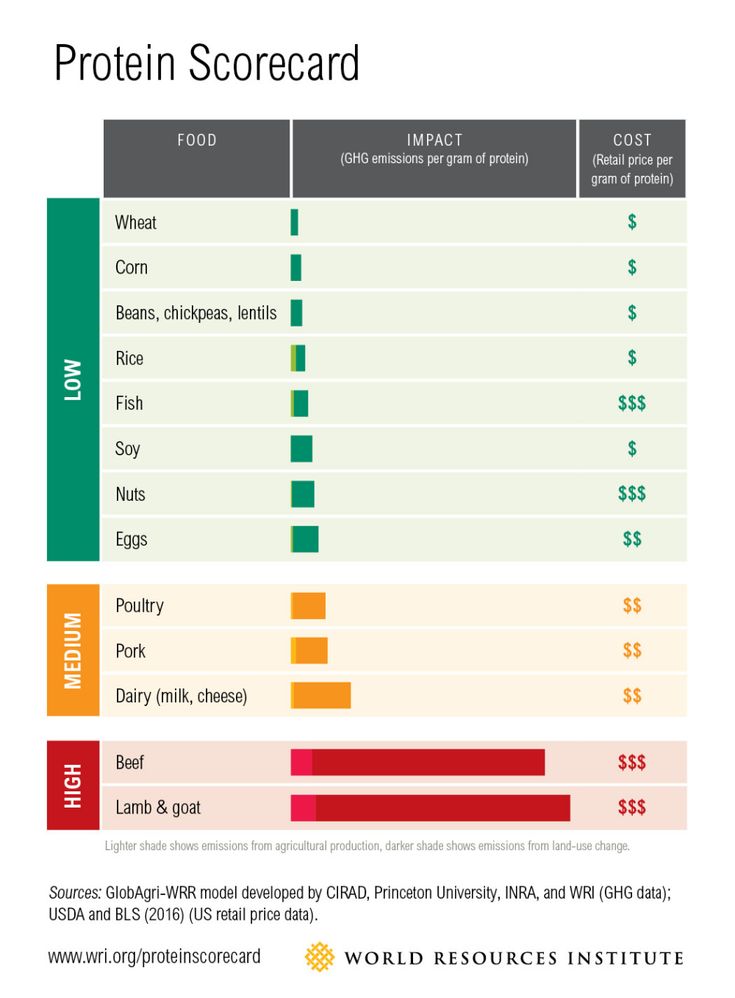 An ultrasound helps you listen to the first sign of life — your baby’s heartbeat. Kidneys and liver also start developing. For expectant mothers, mood swings, fatigue, aversion to food and smells are common in this week.
An ultrasound helps you listen to the first sign of life — your baby’s heartbeat. Kidneys and liver also start developing. For expectant mothers, mood swings, fatigue, aversion to food and smells are common in this week.
Length: Around 1cm (0.4in)
Weight: Less than 1g (0.035oz)
Week 7
Image: Shutterstock
Your baby’s size has almost doubled and is as big as a blueberry. By this week, the arm buds develop. Pregnancy symptoms such as nausea and stomach upset persist. Sore breasts and frequent urination are other symptoms.
Length: Around 1cm (0.4in)
Weight: Less than 1g (0.035oz)
Did you know?
A mother’s womb is almost the size of a lemon by the time she is seven to eight weeks pregnant (3).
Week 8
Image: Shutterstock
By this week, your baby is taking a human shape and is about the size of a cranberry bean. She is constantly moving inside the womb, though the tiny movements may not be felt prominently. The intestine starts forming and fingers and toes appear webbed. You may feel lethargic.
The intestine starts forming and fingers and toes appear webbed. You may feel lethargic.
Length: 1.6cm (measured from crown to rump) (0.62in)
Weight: 1g (0.035oz)
Week 9
Image: Shutterstock
As big as a cherry, your baby has now transformed into a fetus from an embryo. The hands of the baby take a structure by this week. The digestive tract and genitals are in place. Mood swings and morning sickness may persist in you (3).
Length: 2.3cm (0.9in)
Weight: 2g (0.07oz)
Week 10
Image: Shutterstock
By now, your baby is about the size of a kumquat. The eyes are developing with the formation of eyelids and eyebrows. Your appetite might increase around this time.
Length: 3.1cm (1.22in)
Weight: 4g (0.14oz)
Week 11
Image: Shutterstock
Your baby is about the size of Brussels sprout now. The baby’s fingernails begin to grow.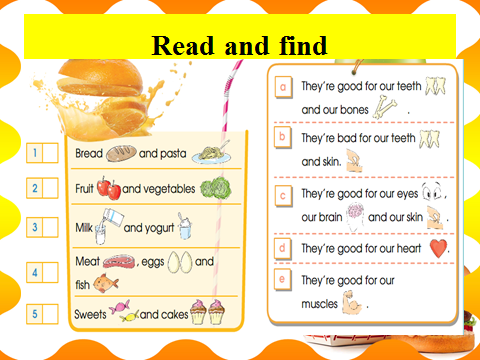 Your nausea would begin to reduce by this week.
Your nausea would begin to reduce by this week.
Length: 4.1cm (1.61in)
Weight: 7g (0.25oz)
Week 12
Image: Shutterstock
Your baby is about the size of a lime. The skeletal structure is in place by this week. You will have low energy due to the hormonal changes.
Length: 5.4cm (2.13in)
Weight: 14g (0.5oz)
Week 13
Image: Shutterstock
Your baby has grown as long as a pea pod by now. Your frequency of urination increases and so is the risk of dehydration. Drink plenty of water to keep yourself hydrated.
Length: 7.4cm (2.91in)
Weight: 23g (0.81oz)
Quick Tip
With an increased blood flow to the pelvic area and hormonal changes expecting mothers may experience increased libido. However, it is also normal not to experience it (5).
Week 14
Image: Shutterstock
You enter the second trimester and the baby is as big as a lemon by this week.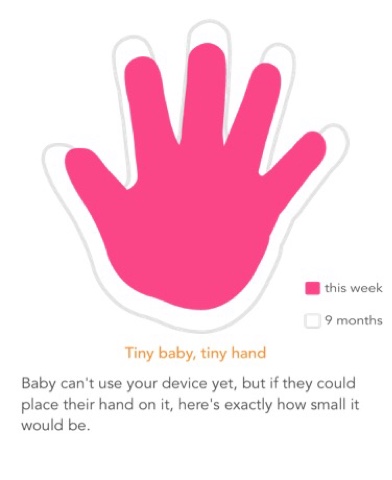 All the internal organs formed will start maturing from this week. The windpipe, vocal cord, esophagus and larynx begin to form. Your baby bump is visible now.
All the internal organs formed will start maturing from this week. The windpipe, vocal cord, esophagus and larynx begin to form. Your baby bump is visible now.
Length: 8.7cm (3.42in)
Weight: 43g (1.15oz)
Week 15
Image: Shutterstock
By this week your baby has grown as big as an apple and has picked the momentum of growth. Lanugo starts developing on the baby’s body to protect the skin. You might experience appetite increase and heart palpitations.
Length: 10.1cm (3.98in)
Weight: 70g (2.47oz)
Week 16
Image: Shutterstock
Your baby has now grown around the size of an avocado. Muscles are strengthening by this week and the baby movements can be felt. Your naval lines become visible by this week.
Length: 11.6cm (4.57in)
Weight: 100g (3.53oz)
Week 17
Image: Shutterstock
By this week, your baby is as big as a turnip.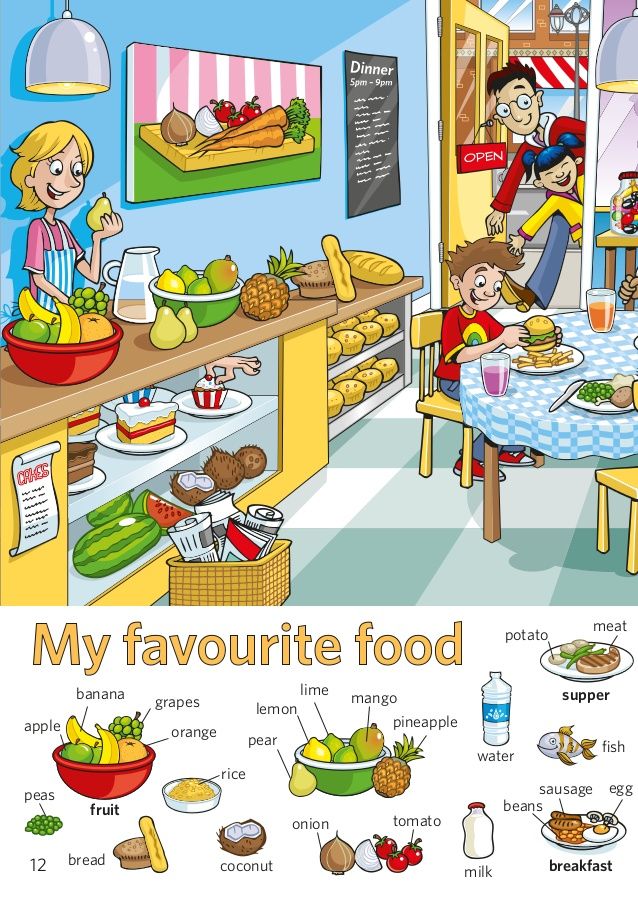 The reproductive system — the uterus and vagina in girls and the penis in boys – begins to take shape this week. Your baby might have hiccupped before, but you might feel it for the first time now. You might have excessive sweating, increased vaginal discharge, and constipation.
The reproductive system — the uterus and vagina in girls and the penis in boys – begins to take shape this week. Your baby might have hiccupped before, but you might feel it for the first time now. You might have excessive sweating, increased vaginal discharge, and constipation.
Length: 13cm (5.11in)
Weight: 140g (4.93oz)
Week 18
Image: Shutterstock
So, now your baby is as big as a bell pepper. The large intestine and digestive glands are forming by this week. Baby kicks are more distinct.
Length: 14.2cm (5.59in)
Weight: 190g (6.70oz)
Week 19
Image: Shutterstock
Your baby has grown the size of an heirloom tomato. A waxy substance called vernix caseosa starts forming over the baby’s skin. You might begin to gain weight and have a backache by this week.
Length: 15.3cm (6.02in)
Weight: 240g (8.47oz)
Week 20
Image: Shutterstock
This week your baby is as long as a small banana. The genitalia is visible. The baby is measured from head to heel from this week onwards. Baby movements become more prominent.
The genitalia is visible. The baby is measured from head to heel from this week onwards. Baby movements become more prominent.
Length: 25.6cm (measured from head to heel) (10.08in)
Weight: 300g (10.58oz)
Week 21
Image: Shutterstock
Your baby is as long as a carrot by now. The baby’s subtle movements can be felt. You will have a substantial weight gain.
Length: 26.7cm (10.51in)
Weight: 360g (12.69oz)
Week 22
Image: Shutterstock
Your baby is about the size of a spaghetti squash. The eyelids and eyebrows are almost developed by this time. Your mood swings begin to wane.
Length: 27.8cm (10.94in)
Weight: 430g (15.17oz)
Quick Tip
You may develop stretch marks on your stomach, breast, and thighs or experience some pre-milk leaking out from your breasts (6).
Week 23
Image: Shutterstock
By now, your baby measures up to a large mango. The baby’s hearing ability is developing. You will continue to experience frequent urination and fatigue.
The baby’s hearing ability is developing. You will continue to experience frequent urination and fatigue.
Length: 28.9cm (11.38in)
Weight: 501g (1.1lb)
Week 24
Image: Shutterstock
Your baby is now as long as an ear of a corn and has almost attained a human look. The skin is translucent and the blood vessels and internal organs are clearly visible. Sleep disturbance and feeling low in energy are the pregnancy symptoms this week.
Length: 30cm (11.8in)
Weight: 600g (1.32lb)
Week 25
Image: Shutterstock
Your baby is around the size of a rutabaga. The brain is developing a complex structure. Your uterus gets stretched and causes discomfort.
Length: 34.6cm (13.62in)
Weight: 660g (1.46lb)
Week 26
Your baby is as big as a scallion. The nostrils are opening up and the baby starts to practice breathing. Eyelids begin to open and the brain starts functioning actively.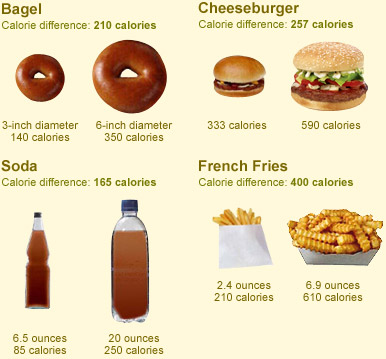 Joint and back pains are the pregnancy symptoms this week.
Joint and back pains are the pregnancy symptoms this week.
Length: 35.6cm (14.01in)
Weight: 760g (1.68lb)
Week 27
Image: Shutterstock
By this time, your baby is as big and heavy as the head of a cauliflower. Feeling tired and an increased urge to pee are the pregnancy symptoms.
Length: 36.6cm (14.41in)
Weight: 875g (1.93lb)
Week 28
Your baby is about the size of a big eggplant and is close to its weight. Lungs start developing with more complex structures. This helps circulate oxygen throughout the baby’s blood vessels. By this week, your uterus stretches further.
Length: 37.6cm (14.80in)
Weight: 1kg (2.21lb)
Week 29
By this week, your baby is around the size of a butternut squash. The brain starts regulating the body temperature of the baby. The baby begins to gain weight with fat deposition under the skin.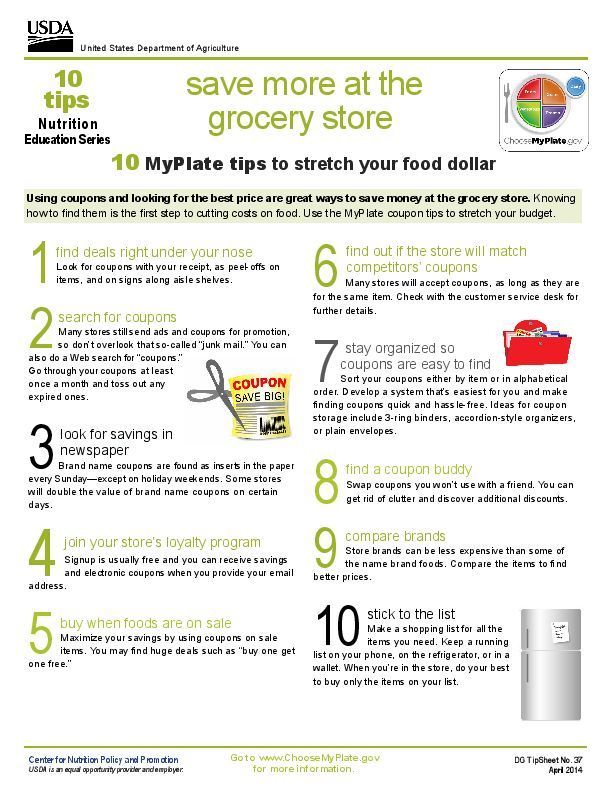 Your back pain might increase due to the extra weight and leg cramps occur more often.
Your back pain might increase due to the extra weight and leg cramps occur more often.
Length: 38.6cm (15.19in)
Weight: 1.15kg (2.54lb)
Week 30
Image: Shutterstock
Now, your baby grows into a size of a large cabbage. Your baby’s bones start hardening by this week. You may feel shortness of breath as the stomach is pushed towards the diaphragm.
Length: 39.9cm (15.71in)
Weight: 1.32kg (2.91lb)
Week 31
Image: Shutterstock
By now, your baby attains the size of a coconut. The movements become more organized. You might sweat excessively.
Length: 41.1cm (16.18in)
Weight: 1.5kg (3.31lb)
Week 32
Image: Shutterstock
Your baby now attains the size of a jicama. The baby starts moving to the head-down position. Your hands, face and legs might begin to swell.
Length: 42.4cm (16.69in)
Weight: 1. 7kg (3.75lb)
7kg (3.75lb)
Week 33
Image: Shutterstock
Your baby is almost the size of a pineapple by this time. The baby’s skills and reflexes are developing. You will gain more weight.
Length: 43.7cm (17.20in)
Weight: 1.9kg (4.23lb)
Week 34
Image: Shutterstock
Your baby is about the size of a cantaloupe melon. The baby’s optical structure is complete. Your breasts start oozing out colostrum.
Length: 45cm (17.71in)
Weight: 2.1kg (4.73lb)
Quick Tip
If you experience unusual swelling, headache, or blurry vision, you should seek emergency care as these may be signs of preeclampsia (7).
Week 35
Image: Shutterstock
Your baby is as big and heavy as a honeydew melon. Babies are in vertex position by this week. You will have painful swelling of feet and hands.
Length: 46.2cm (18.19in)
Weight: 2.3kg (5.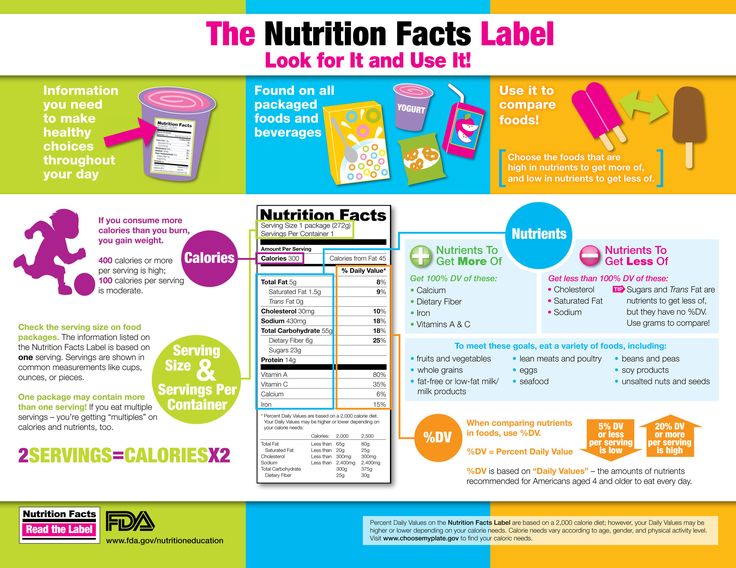 25lb)
25lb)
Week 36
Image: Shutterstock
Your baby at this week is close to the size of a romaine lettuce. Here onwards, your baby starts gaining around 1oz per day. The skull is not fused as it overlaps while the baby makes its way through the birthing canal. The position of the baby can be felt down in the abdomen.
Length: 47.4cm (18.66in)
Weight: 2.6kg (5.78lb)
Week 37
Image: Shutterstock
Your baby is now as long as a stalk of Swiss chard. The fetal movements are reduced due to insufficient space inside the womb. Fat starts depositing under the skin to regulate the body temperature and maintain the blood sugar level of the baby. You may notice colostrum leak often by this week.
Length: 48.6cm (19.13in)
Weight: 2.9kg (6.30lb)
Week 38
Image: Shutterstock
Your baby is about the length of a leek. The baby starts shedding the lanugo and is ready for birthing.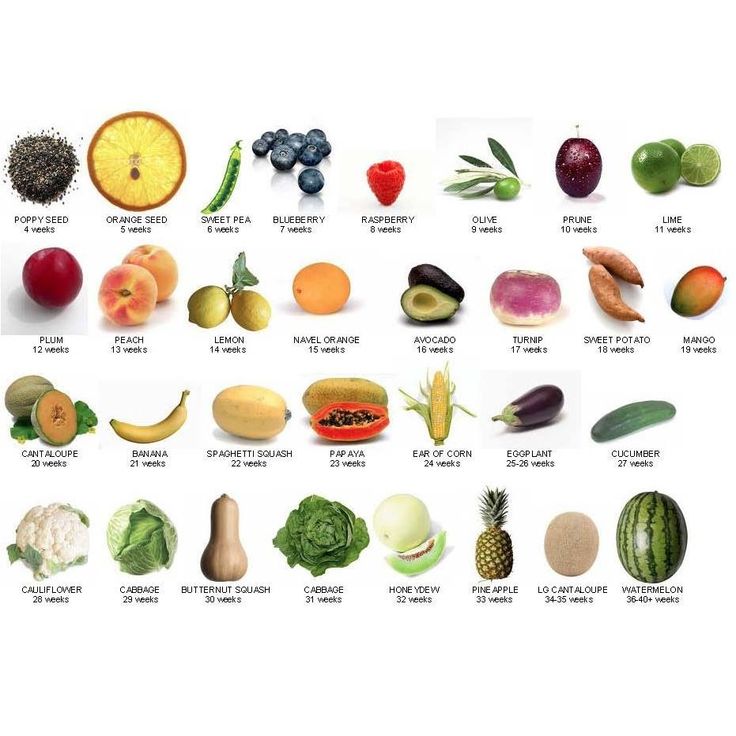 You can feel uterine contractions during this week.
You can feel uterine contractions during this week.
Length: 49.8cm (19.61in)
Weight: 3kg (6.80lb)
Week 39
Image: Shutterstock
As big as a mini-watermelon, your baby is about to hit full-term. The lungs continue to develop several air sacs to help the baby take its first breath after birth. Your frequency of contractions increase and the cervix becomes smoother and softer.
Length: 50.7cm (19.96in)
Weight: 3.3kg (7.25lb)
Week 40
Image: Shutterstock
Your baby is now about the size of a small pumpkin. Around 15% of the baby’s body is comprised of fat that helps it stay warm after the birth. Your labor can start any time now (8).
Length: 51.2cm (20.16in)
Weight: 3.4kg (7.63lb)
Quick Tip
Babies born at around 41 weeks gestational age may have swollen genitals due to maternal hormones; however, it self-resolves (9).
Comparing the fetal size with fruits is a good way to describe ‘how big is your baby.’ The growing fetus attains measurable size after four weeks when it is comparable to poppy seeds and may become as big as a blueberry by seven weeks. Your baby usually becomes the size of a lemon by the end of the first trimester, a corn cob by the end of the second trimester, and the size of a small pumpkin before birth. It is interesting when some fruits and vegetables remind you of the baby inside. However, each baby is unique and may differ from what is described here.
References:
MomJunction's articles are written after analyzing the research works of expert authors and institutions. Our references consist of resources established by authorities in their respective fields. You can learn more about the authenticity of the information we present in our editorial policy.
- Fetal Development.
https://embryology.med.unsw.edu.au/embryology/index.php/Fetal_Development - Pregnancy – week by week.
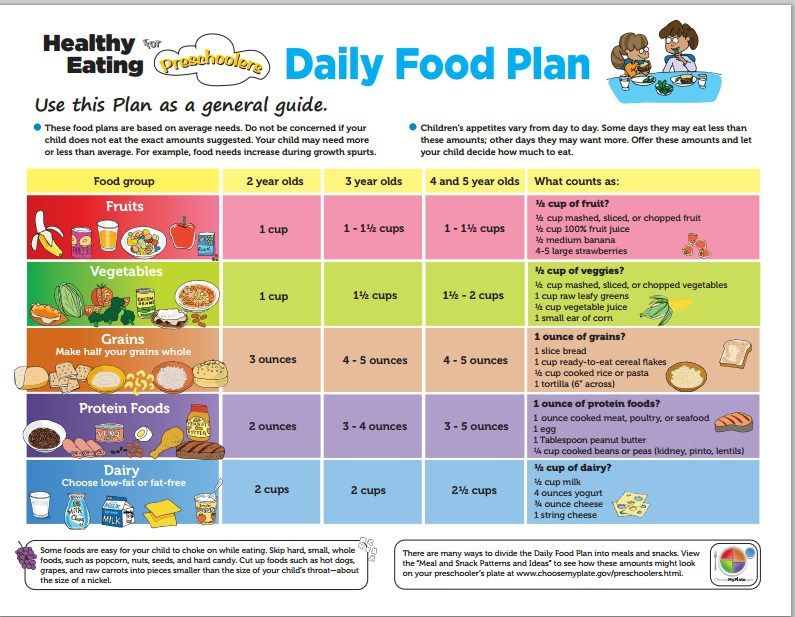
https://www.betterhealth.vic.gov.au/health/healthyliving/pregnancy-week-by-week - You and your baby at 7 weeks pregnant
https://www.nhs.uk/pregnancy/week-by-week/1-to-12/7-weeks/#:~:text=By%207%20weeks%2C%20the%20embryo - 9 weeks pregnant.
https://raisingchildren.net.au/pregnancy/week-by-week/first-trimester/9-weeks - You and your baby at 13 weeks pregnant
https://www.nhs.uk/pregnancy/week-by-week/13-to-27/13-weeks/ - You and your baby at 22 weeks pregnant
https://www.nhs.uk/pregnancy/week-by-week/13-to-27/22-weeks/ - You and your baby at 34 weeks pregnant
https://www.nhs.uk/pregnancy/week-by-week/28-to-40-plus/34-weeks/ - Baby Fat Is About More Than Cuteness.
https://www.sapiens.org/biology/baby-fat-is-about-more-than-cuteness/ - You and your baby at 41 weeks pregnant
https://www.nhs.uk/pregnancy/week-by-week/28-to-40-plus/41-weeks/
The following two tabs change content below.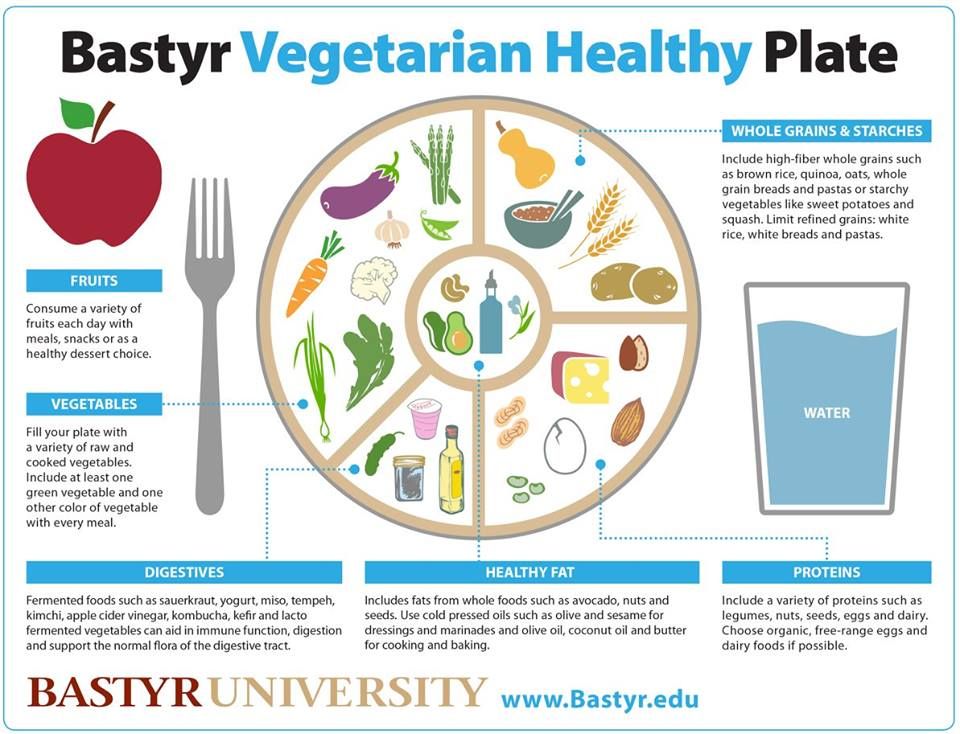
- Reviewer
- Author
Shreeja holds a postgraduate degree in Chemistry and diploma in Drug Regulatory Affairs from the University of Mumbai. Before joining MomJunction, she worked as a research analyst with a leading multinational pharmaceutical company. Her interest in the field of medical research has developed her passion for writing research-based articles. As a writer, she aims at providing informative articles on health... more
Dr. Shalini MA is a fertility specialist with over seven years of experience in the field of infertility evaluation, IUI, IVF, laparoscopy, high-risk pregnancy, and adolescent care. Currently running her own clinic in Tumkur, Karnataka, Dr. Shalini has presented several research papers and won awards for her contribution, with the latest being on “Cycle day, Estradiol level, Endometrial thickness and... more
17 Weeks Pregnant: Symptoms, Baby..
17 Weeks Pregnant: Symptoms, Baby..
Pregnancy Week By Week - Symptoms, Baby.
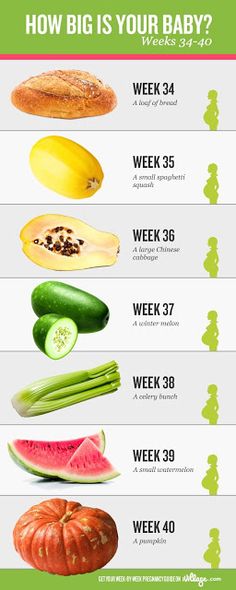 .
.Pregnancy Week By Week - Symptoms, Baby..
Symptoms Of 8th Week In Pregnancy, Baby..
Symptoms Of 8th Week In Pregnancy, Baby..
24th Week Pregnancy: Symptoms, Baby..
24th Week Pregnancy: Symptoms, Baby..
5 Stages Of Pregnancy: Month-By-Month..
5 Stages Of Pregnancy: Month-By-Month..
18 Weeks Pregnant: Symptoms And Baby..
18 Weeks Pregnant: Symptoms And Baby..
One Week Pregnant: Symptoms, Baby..
One Week Pregnant: Symptoms, Baby..
15 Weeks Pregnant: Symptoms, Baby..
15 Weeks Pregnant: Symptoms, Baby..
23 Weeks Pregnant: Symptoms, Baby..
23 Weeks Pregnant: Symptoms, Baby..
why we eat too much
Portion problem:
why we eat too much
The dishes are getting bigger. Food portions are getting bigger. We eat much more than is required to satisfy our hunger. This is beneficial for food producers, but extremely unhealthy. Obviously, we must learn to independently determine how much food is optimal. Let's talk about how to do it.
This is beneficial for food producers, but extremely unhealthy. Obviously, we must learn to independently determine how much food is optimal. Let's talk about how to do it.
Illusion of Contrasting Size
If you want to see how bloated portions of food have become, don't go to the supermarket, go to an antique shop. There you can find a tiny goblet, obviously intended for a doll. However, it is called "wine glass". How did it happen that a small plate turned into a large dinner plate? Previously, the dinner plate looked like a saucer.
When you return to your modern kitchen, you will see how much more everything has become. A diameter of 28 centimeters became the norm for a dinner plate that would have been 25 centimeters in the 1950s. Of course, the fact that we eat from large dishes does not necessarily mean that we eat more than we need. But that's usually what happens.
Correct size:
the recommended serving of spaghetti is 150g the same size as a tennis ball.
Psychologist Brian Wansink, author of Mindless Eating: Why We Eat More Than You Think, has proven in numerous experiments that you can rely on your sense of proportion, but large dishes are likely to make you eat large portions of food. With a large ice cream scoop you will take more ice cream. Pour more juice into a short wide glass.
This is an illusion of contrasting size: compared to large dishes, it seems that there is not much content and we consume the same amount of food as usual. The main danger of such "kitchen traps" is that almost every person in the world believes that he is not susceptible to them.
Immunity to large portions
In fact, the only people with immunity to large portions are very young children. Up until the age of three or four, all children have the enviable ability to stop eating when they are full. Later, self-regulation of hunger disappears, and some people fail to learn it on their own. This is a cross-cultural phenomenon that is observed from London to Beijing.
This is a cross-cultural phenomenon that is observed from London to Beijing.
In one study, researchers in the US found that when three-year-olds are offered small, medium, and large portions of macaroni and cheese, they always eat about the same amount. However, five-year-olds eat much more when they are offered a large serving of pasta.
It's human nature to eat when you're given food and eat more when you're given more food.
Marion Nestle
Nutritionist, writer
In a world where there is always food, many of us have become like Alice in Wonderland - we are ruled by pies that say "Eat me" and bottles that say "Drink me." The problem is that we are being pushed to eat more and more.
How food sizes have changed
The average size of a potato casserole with meat has almost doubled from 1993 years old
In 2013, the British Heart Foundation published a report called Portion Distortion on how food sizes in the UK have changed since 1993. If then an ordinary muffin weighed an average of 85 g, then 20 years later it was difficult to find muffins weighing at least 130 g. Ready meals also grew in size. For example, chicken pie increased by 49%, and potato casserole with meat almost doubled (from 210 to 400 g).
If then an ordinary muffin weighed an average of 85 g, then 20 years later it was difficult to find muffins weighing at least 130 g. Ready meals also grew in size. For example, chicken pie increased by 49%, and potato casserole with meat almost doubled (from 210 to 400 g).
It's hard not to overeat in such an environment, and it's not about willpower. Psychologists talk about cognitive distortion - the preference for holistic objects. Any person unconsciously wants to bring any business to the end. With regard to food, this is especially pronounced: the larger the portion of food, the more you will eat.
We think that a portion is equal to one part of something, regardless of its size. Even if it's a single slice of pizza containing 2,000 kcal, which was bought by nutritionists in New York. Just imagine, the daily calorie intake in one snack!
Recommended servings in real life
While servings in cafes and restaurants are getting gigantic, the recommended servings from the food basket are implausibly small.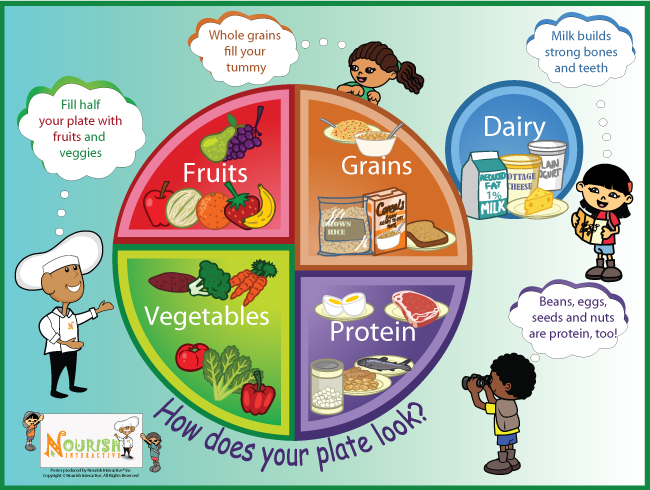 For most breakfast cereals, the recommended serving size across the EU is 30g. The recommended serving size for corn flakes is just 17g. For a 16-year-old, that's literally one sip. Such tiny recommended portion sizes are only suitable for children. Adults need a lot more.
For most breakfast cereals, the recommended serving size across the EU is 30g. The recommended serving size for corn flakes is just 17g. For a 16-year-old, that's literally one sip. Such tiny recommended portion sizes are only suitable for children. Adults need a lot more.
When adults were asked to fill a medium bowl with corn flakes in a 2013 study in Southend and Birmingham, 88% of the subjects poured more than 30g. The average result was 44g. So, the UK Department of Health claims that the ideal portion of broccoli is two inflorescences, and cauliflower is eight. Agree, this is not at all like dinner. However, a survey conducted in South Korea among older people showed a fairly strong influence of traditions on nutrition. Nearly all Koreans in the survey agreed that a serving of white rice should average 75g, sweet potatoes 120g, spinach 40g, and roasted sesame seeds 1g.
The easiest way to solve the problem at home is to use smaller pans.
Without such general ideas, we remain at the mercy of the food industry.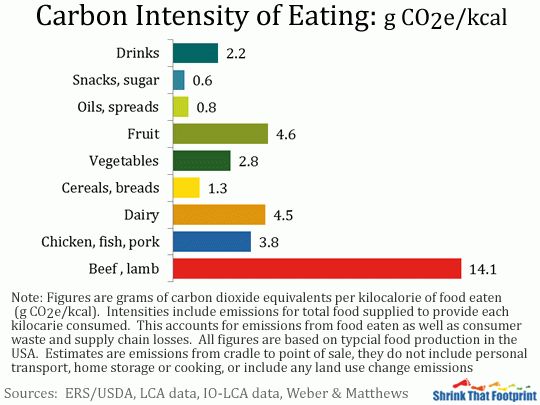 Due to the huge competition, food companies have two likely strategies. The first is to sell smaller portions at higher prices. For example, Unilever announced that Magnum and Cornetto ice cream would be reduced in size by a third (although, of course, the price of the product was not reduced by a third).
Due to the huge competition, food companies have two likely strategies. The first is to sell smaller portions at higher prices. For example, Unilever announced that Magnum and Cornetto ice cream would be reduced in size by a third (although, of course, the price of the product was not reduced by a third).
The second approach is more common - try to sell us more food. In 1988, you could only buy Cadbury's Dairy Milk chocolate in one size, 54g. Today, you can buy a chocolate bar in 49g, 110g, 200g, and 360g. Compared to the truly gigantic 360g bar, it's still a big 110 -gram looks very modest.
Often at the end of dinner, when I'm full, I still want something sweet. I found that if I take a small deep bowl and put in it what I want - a chocolate cake or halva - then even a small piece is enough for me. The first time I did it, I felt stupid. Can the plate deceive me? Yes maybe. And you too.
Bee Wilson
Food and nutrition author, journalist
Part of our problem with portions is this: nobody likes the concept of less.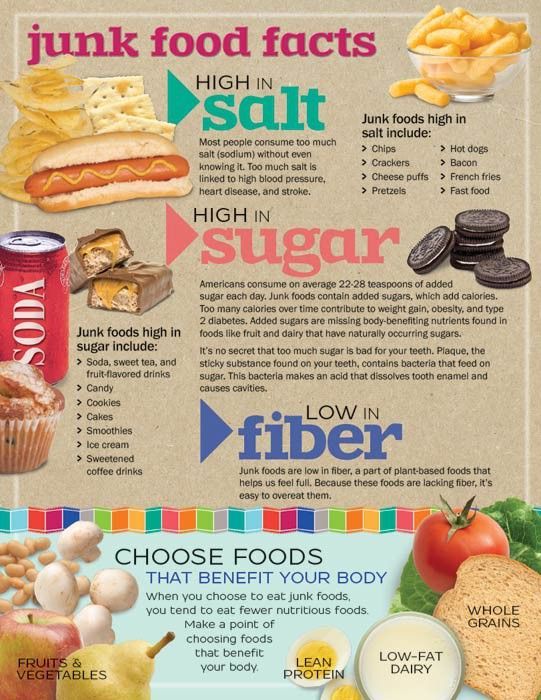 From childhood, we get used to glasses filled to the brim and a table bursting with food. The easiest way to solve this problem at home is to use smaller utensils.
From childhood, we get used to glasses filled to the brim and a table bursting with food. The easiest way to solve this problem at home is to use smaller utensils.
Proper Serving Sizes
Think you can tell the right portion size by eye? Test yourself. Here's what 200 calories in different foods would look like on a plate. The photographs use either a 26 cm plate or a 16 cm bowl.
celery
1 425 g = 200 kcal
apples
385 g = 200 kcal
Broccoli
588 588 G = 200 kcal
Caified tuna in oil
102 g = 200 kcal 9000 ° Cseder
cheese51 g = 200 kcal
Coca-Cola
496 ml = 200 kcal
Eggs
150 g = 200 kcal
Frown bacon
34 g
Drage Jelly Belly
54 g = 200 kcal
peanut oil
34 g = 200 kcal
whole milk
333 ml = 200 kcal
Lovely macarone
54 g = 200 kcal
Ponant with glaze
52 g
Chizburger
22222 75 g = 200 kcal
Sesame Bagel
70 g = 200 kcal
Last year, researchers from the University of Cambridge led by Theresa Marteau conducted an experiment in a local pub.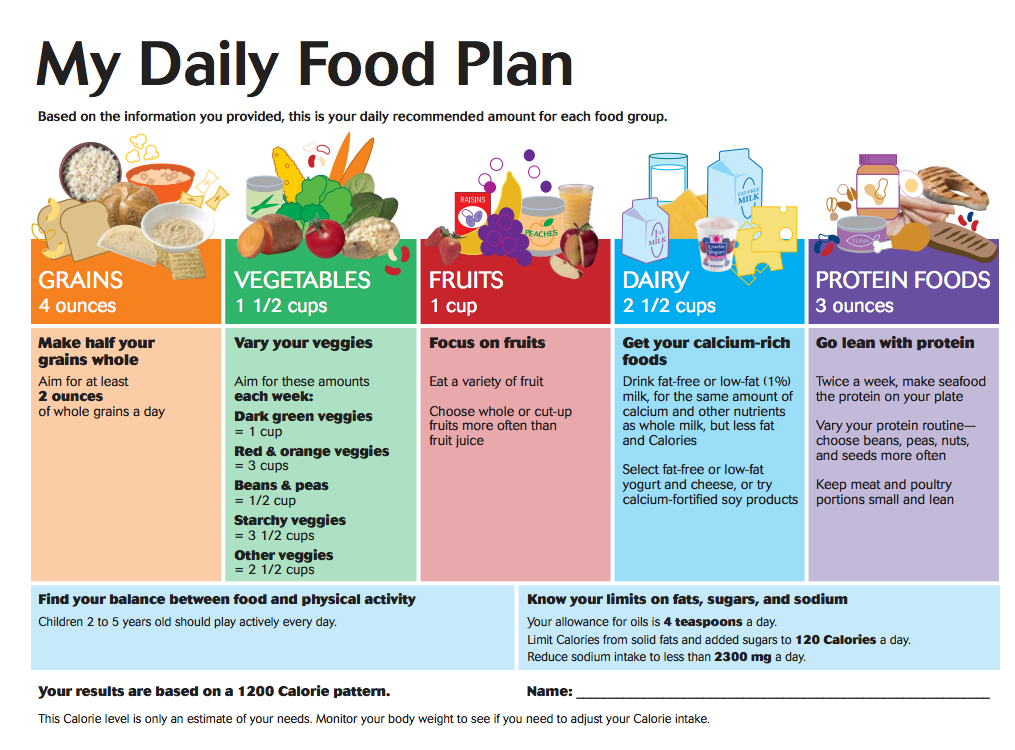 Instead of ordinary glasses (300 ml), wine was served in larger glasses (370 ml). Sales of standard 175 ml wine increased by 9%. Large glasses made people feel like they were drinking less than usual, which is why they drank wine faster.
Instead of ordinary glasses (300 ml), wine was served in larger glasses (370 ml). Sales of standard 175 ml wine increased by 9%. Large glasses made people feel like they were drinking less than usual, which is why they drank wine faster.
The researchers hope that the government will listen to the results of these experiments and take action to reduce the availability of large portions. However, the study itself backfired: now in this pub, wine is always served in large glasses.
Nutrition Experts
Jay Rayner: "I have no idea how to determine normal portion sizes"
British journalist, writer, broadcaster, restaurant columnist
My approach to portion control is entirely hereditary. I adopted it from my parents. They grew up in poverty during World War II when food was in short supply. Therefore, when they grew up and started a family, the table at home was always full. This was combined with the Jewish tradition of cooking more than necessary for guests, common even among those Jews who are not interested in religion and strange dietary rules. Somewhere in the DNA it is imprinted that the Cossacks may arrive tomorrow and you will have to treat them with something, and, who knows, maybe the Rosenbaums will pass by, who will also need to be fed with something.
Somewhere in the DNA it is imprinted that the Cossacks may arrive tomorrow and you will have to treat them with something, and, who knows, maybe the Rosenbaums will pass by, who will also need to be fed with something.
My mother believed that if there was enough food at home for only family members, then there was not enough food. And I feel the same way. I freely admit that I have no idea how to define a normal serving size. When I have to cook a meal with separate ingredients, say, a pork chop or a fish fillet each, I get nervous - there is no point in cooking more than the number of people present. I like it better when you can choose the portion size yourself - when you cook, for example, stewed vegetables, stews or pasta. You can be sure that part of the dish will remain intact. And if I knew how to control myself well in food, I would not have turned out to be a restaurant critic.
To be fair, everyone in our family works from home, so nothing goes to waste and the leftovers from yesterday's dinner become today's lunch from the refrigerator. However, it's a bit annoying. I want to know how much rice or pasta is needed to cook dinner for four people. This is even written on the back of the package. Do I pay attention to such things? Yes, I turn. But our fridge is always stocked with small white bowls of leftovers from last night's dinner. One day I will learn. Maybe.
However, it's a bit annoying. I want to know how much rice or pasta is needed to cook dinner for four people. This is even written on the back of the package. Do I pay attention to such things? Yes, I turn. But our fridge is always stocked with small white bowls of leftovers from last night's dinner. One day I will learn. Maybe.
Jay's typical day
Breakfast usually consists of muesli, yogurt and milk. And a cup of coffee (with milk, no sugar), usually followed by a second cup. For lunch, I'll have leftover fried chicken and a salad if I'm feeling fit. Cheese toast, if not. For dinner, I usually make something like Thai green curry, which is made with four chicken breasts, cauliflower, and green beans. It is served with white rice. I cook too much, so some of my dinner goes to the fridge. If I'm going to drink in the evening, it will be three 175 ml glasses of white wine. And if I drank wine, then I will also eat ice cream. One always leads to the other.
Gizzi Erskine: "Feeling full makes me feel better.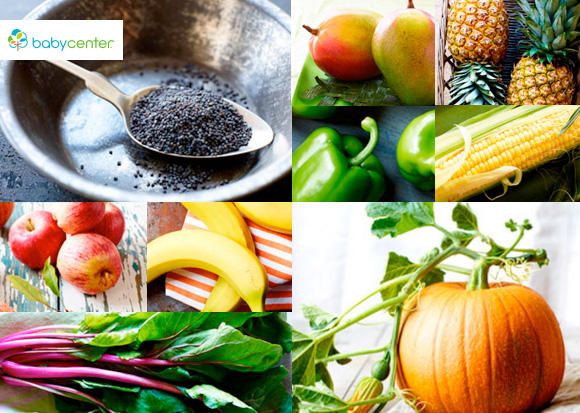 " And I myself love to eat very much, so I have to be careful when I receive guests at home. If I serve food for myself and my boyfriend, I usually look at the plates and take myself the one with more food. But even if I impose on us equally, it still turns out a lot. My boyfriend is under 2 meters tall, and even though I am short, I need a lot of fuel (I am active and run a lot).
" And I myself love to eat very much, so I have to be careful when I receive guests at home. If I serve food for myself and my boyfriend, I usually look at the plates and take myself the one with more food. But even if I impose on us equally, it still turns out a lot. My boyfriend is under 2 meters tall, and even though I am short, I need a lot of fuel (I am active and run a lot).
When I eat at home, my plate is mostly whole grains, legumes and vegetables. I eat a lot of nuts, mostly cashews, plus one avocado a day. I also like tofu and tempeh, and there the portion size doesn't matter. A couple of times a week I eat fish, and every year I eat less and less meat and dairy products. Once a week, I make a Sunday roast with a large cut of meat or a whole chicken, and then add the leftovers to different dishes throughout the week. I am calm about the leftover food and just as calmly deal with portions. For example, if I am making a stew, then I will put part of the dish into packages and send it to the freezer.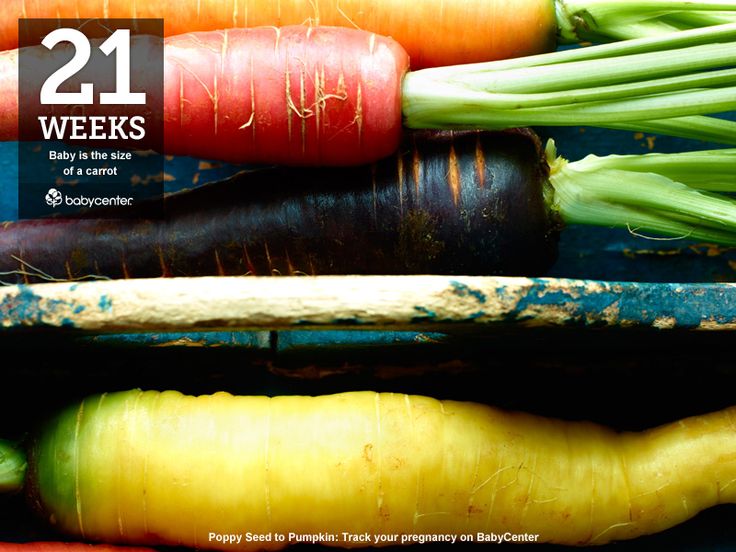 But as a rule, I never leave food on my plate - I always finish what I already put on my plate, even if I feel like I'm about to burst. Feeling full makes me feel better.
But as a rule, I never leave food on my plate - I always finish what I already put on my plate, even if I feel like I'm about to burst. Feeling full makes me feel better.
Eating out is a minefield. Friends have to stop me when I want to try different dishes and start destroying food at an unfathomable rate. I never consider how it will affect my weight or health because it balances out in the end with my home-based approach to nutrition. I only think about drinking alcohol, and that's it.
Jizzy's typical day
For breakfast I have two eggs, usually fried with half an avocado, and spicy tomato sauce with thin corn tortillas, or lots of fried spinach with mushrooms and a little sour cream. And cappuccino. Before lunch I drink green juice and plenty of water. For lunch - pasta with some tomato sauce, chili and anchovy pesto (I weigh 80 g of good durum wheat pasta, but sometimes I add too much sauce and cheese). I am not a big fan of snacking, but if there is an irresistible craving for chocolate, then I will eat a bar.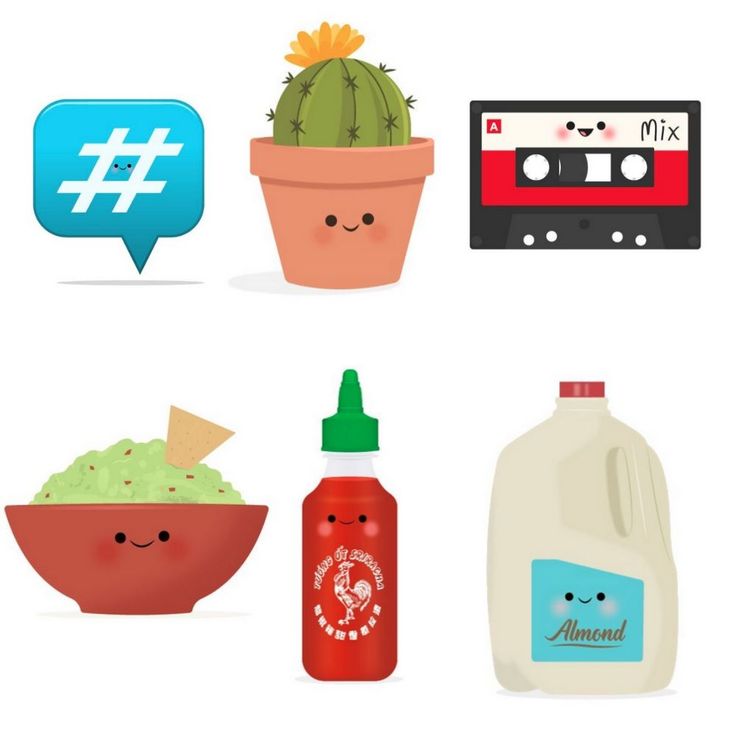 For dinner, I prefer to cook according to a new recipe and complement it: for example, stewed chicken with chorizo and barley with a green salad. And a decent glass of wine four or five times a week.
For dinner, I prefer to cook according to a new recipe and complement it: for example, stewed chicken with chorizo and barley with a green salad. And a decent glass of wine four or five times a week.
Maria Verkhovtseva: “It’s better to undereat than to overeat”
Lifehacker’s editor-in-chief
this. Now the passion for this has faded, but the habit of counting BJU has remained.
Knowing how many proteins and carbohydrates are contained in a particular product, I find out how many grams of this product I need to eat. I used to just take a kitchen scale and measure the amount of raw and finished product. Now I already determine by eye the amount of certain foods that I need to eat as part of a healthy diet.
However, if you omit the troubles with BJU, then a habit that has been developed since childhood, adopted from my mother, helps me determine the size of portions for myself or for guests. I was lucky: in our family everyone cooks perfectly.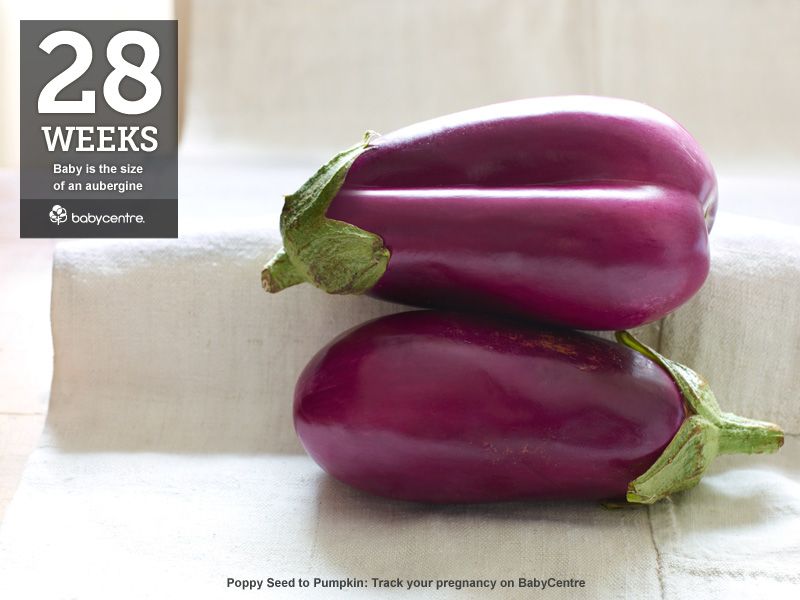 Therefore, I have had the ability to navigate in portions and the required amount of products since childhood.
Therefore, I have had the ability to navigate in portions and the required amount of products since childhood.
As a child, like most other people, I was frightened with the phrases: “Throwing away food is a sin”, “Eat with bread to make it more satisfying”, “Eat it up, otherwise I’ll pour it down the collar”, “Bread cannot be thrown away”. Although I allow myself not to follow these pseudo-prohibitions now, the feeling that someone in Africa is starving, and I do not eat or throw away food, makes me a little uncomfortable. I try to respect food, but I think it's better to undereat than to overeat.
I have a slightly snobbish attitude towards food, if it is not homemade, then I can quite easily throw it away. But homemade food prepared by me or relatives is extremely rarely sent to the bin, even if there is very little of it left or you don’t want to eat it at the moment. I think that life hacking approach comes to the rescue here: leftover food can always be used in another dish, for example.
In addition, my body does not want and cannot consume a lot of food. Sometimes lunch has to be divided into two meals, because I am not able to eat everything at once. I eat little, and that is why I am extremely careful about what I eat. “You are what you eat” is a slogan with which I fully agree.
I prefer food prepared by myself or by someone I trust. Therefore, I try to eat out only in proven places. There are not many of them, but for this they are especially valuable to me. Discovering a new place with a cuisine that will not disappoint me is a real Christmas. This rarely happens and requires a lot of effort, but it's worth it.
Mary's usual day
I can't stand monotony in food. There is the same thing for lunch and dinner - not an option for me. It's good that I like to cook and this is not a problem for me. Rather a daily challenge that I take on with great curiosity and pleasure.
The only thing my body becomes monotonous about is breakfast on weekdays.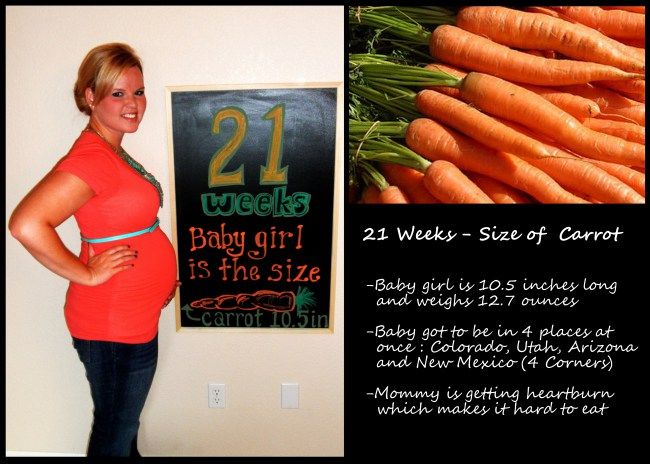 In 99% of cases, I cook myself two eggs - soft-boiled, fried or scrambled. Then I take 50 g of oatmeal, pour it with boiling water, add a spoonful of condensed milk, leave for five minutes and eat it after the eggs. Weak sweet black tea with lemon completes the meal.
In 99% of cases, I cook myself two eggs - soft-boiled, fried or scrambled. Then I take 50 g of oatmeal, pour it with boiling water, add a spoonful of condensed milk, leave for five minutes and eat it after the eggs. Weak sweet black tea with lemon completes the meal.
For lunch, I also try to eat something with complex carbohydrates (pasta, potatoes, rice or other cereal) and protein. I prefer chicken or fish. In recent years, my love for red meat has completely faded, and now I love it only in the form of barbecue. I love greens. I respect vegetables. I can’t imagine a tasty and healthy lunch without them.
I practically do not drink coffee and strong tea, although I have been fond of the latter all my conscious life. At some point, I realized that I did not like the state that I experience after it, and therefore I refused strong tea. Now I try to drink more clean water. This habit has a very favorable effect on my skin and body as a whole.
For dinner I prefer cottage cheese with sweet topping or banana.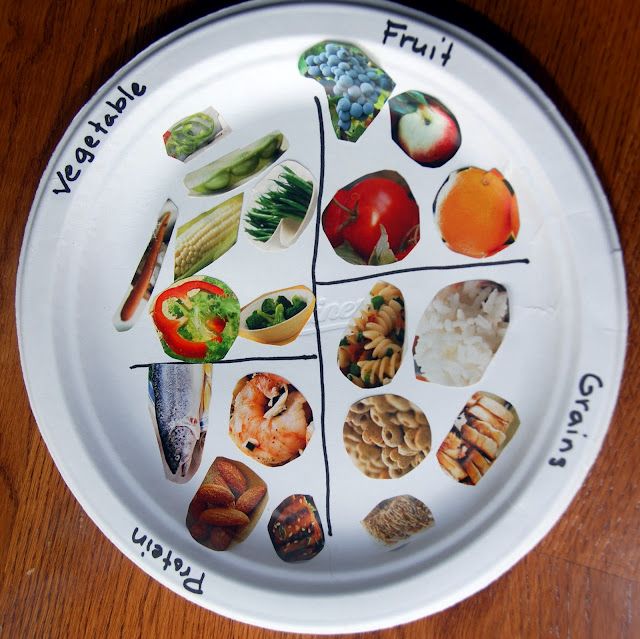 An alternative would be a piece of salmon with a side dish of green peas.
An alternative would be a piece of salmon with a side dish of green peas.
Weekends are a buffer zone for me, when I eat what I want, when I want.
Irina Baranskaya: “We don’t buy big plates on purpose”
Author of Lifehacker
We don’t buy big plates on purpose, so usually a portion is placed on them, which is ideal for satisfying the feeling of hunger and not feeling heavy after that in a stomach. Since I cook very often, I can almost immediately determine how much each of us needs. For spaghetti, we have a special measuring board with holes, but I deliberately always reduce the amount a little and add more sauce.
If there are guests for dinner, the usual serving size is two of my joined palms. For men, servings are usually 1.5 times larger than for women. Usually I try to put food in common dishes and everyone takes as much as he sees fit.
Another very important point: we all (myself, my husband and child) are very active in sports, so we eat a lot. You also have to cook a lot of various sports snacks. Often in the morning or before training, you need a lot of fast carbohydrates. I try to cook everything myself, because I prefer to understand what exactly we eat.
You also have to cook a lot of various sports snacks. Often in the morning or before training, you need a lot of fast carbohydrates. I try to cook everything myself, because I prefer to understand what exactly we eat.
I don't need a lot of food to feel full, and I want it to be varied. The more vegetables the better.
Usually we eat everything that is cooked. The exceptions are soups, lasagna and pizza. I always try to cook fresh food, but if due to busyness it doesn’t work out, then I cook in such a way that there is enough for a maximum of two times. Leftover food is not thrown away and is always processed into something tasty.
Our menu is very seasonal. In summer, of course, the choice is much richer, we eat a lot of berries and vegetables: cereals with berries (both cold and hot), cottage cheese homemade desserts with berries, lazy dumplings, various egg dishes with vegetables and whole grain bread. Sometimes on weekends I can treat my family to pancakes with homemade jam, pancakes with cottage cheese or berries, or homemade Liege waffles.
Since I have a 9 year old son, we usually have delicious homemade cakes for morning tea.
For lunch, usually soups, salads, pasta, sandwiches, rice dishes (our favorite is Thai yellow curry with chicken) - everything is usually homemade and in various combinations.
We rarely go to restaurants and cafes, as most of the dishes served there are cooked at home and often taste better.
Irina's usual day
My menu for the day is usually like this.
Breakfast: poached eggs on a toasted slice of bread with avocado spread and a slice of tomato, coffee with milk (sometimes with nuts) and a slice of chocolate or homemade cakes, if available. As an option, oatmeal with berries, homemade cottage cheese dessert, French croutons with cinnamon and banana, or pancakes with berry sauce.
Lunch: soup and salad or chicken curry with rice (sometimes without rice), sandwiches, pasta.
Dinner: meat or fish with baked vegetables or cereals, salad or just vegetables, pilaf or stew.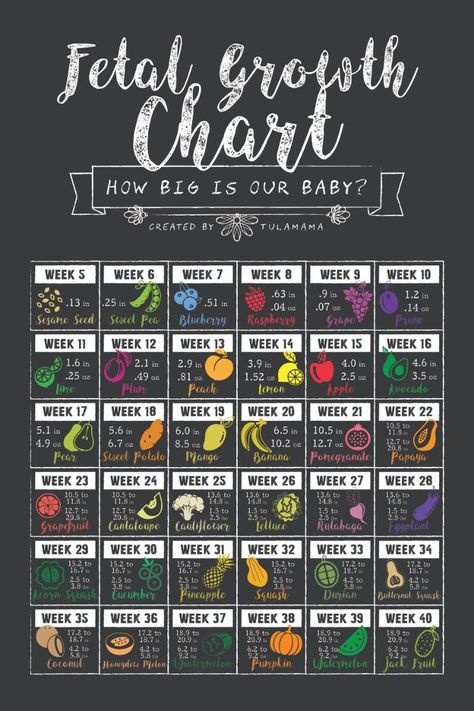 I often cook Thai and Italian dishes.
I often cook Thai and Italian dishes.
Snacks: chocolate, berries, fruits, nuts, homemade cakes or homemade energy bars.
Interesting topics:
Author and layout designer - Lera Merzlyakova.
Editor - Natalia Skornyakova.
Source: Our gigantic problem with portions: why are we all eating too much?
pros and cons, why cooking homemade food is more profitable than ordering food from delivery services
I will not reveal America to you in this article, but I will clearly show how much cheaper it is to cook it yourself than ordering food from delivery services.
Boris Klyuev
experimented with food
Author profile
There are many services that deliver ready-made food. There you can order dishes for several days, weeks or even a month. You pay in advance, and then you meet a courier with containers - and don't worry about cooking.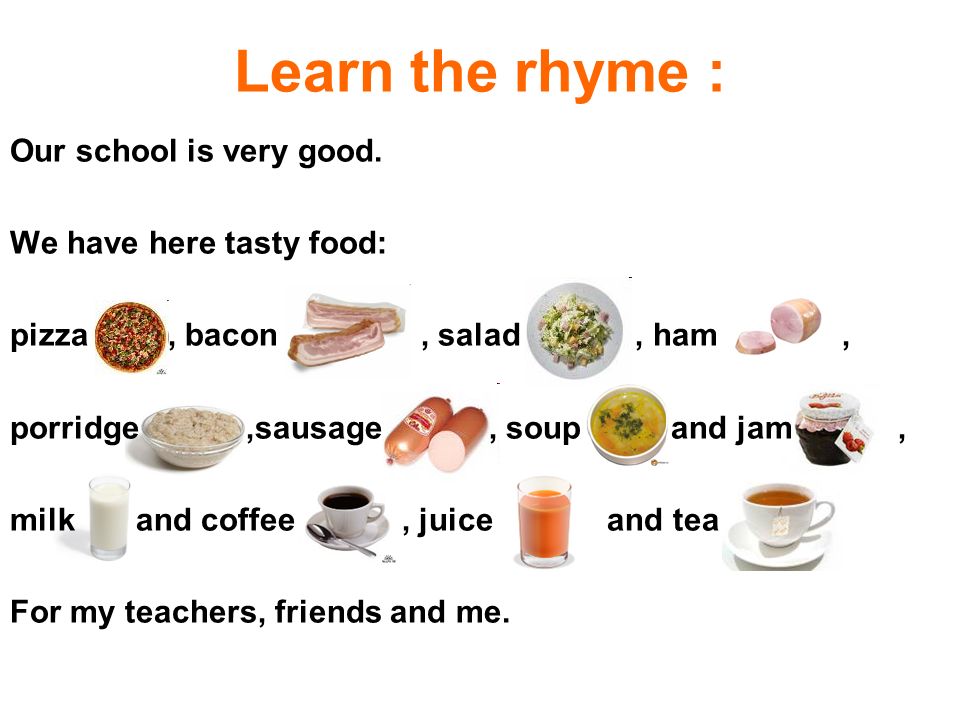
I have an unpredictable schedule and don't always have time to cook, so I used these services. But colleagues told me that the food there is unreasonably expensive and it is better to cook at home. I decided to check if this was the case and conducted an experiment: I refused food delivery for a week and began to cook on my own. Here's what came out of it.
This is my personal experience
When I conducted the experiment, I focused on my taste and income level. Perhaps you will find a service where you spend less money, or you can cook more delicious and varied food in less time. If you want to share your experience or give me advice, write a comment at the end of the article.
How I ordered food from the delivery service
I ordered six days' worth of food from the delivery service - this is the minimum quantity for the order. The daily diet includes five meals for 2000 kcal: breakfast, lunch, dinner and two snacks. Such a set costs 6240 R, or 1040 R per day.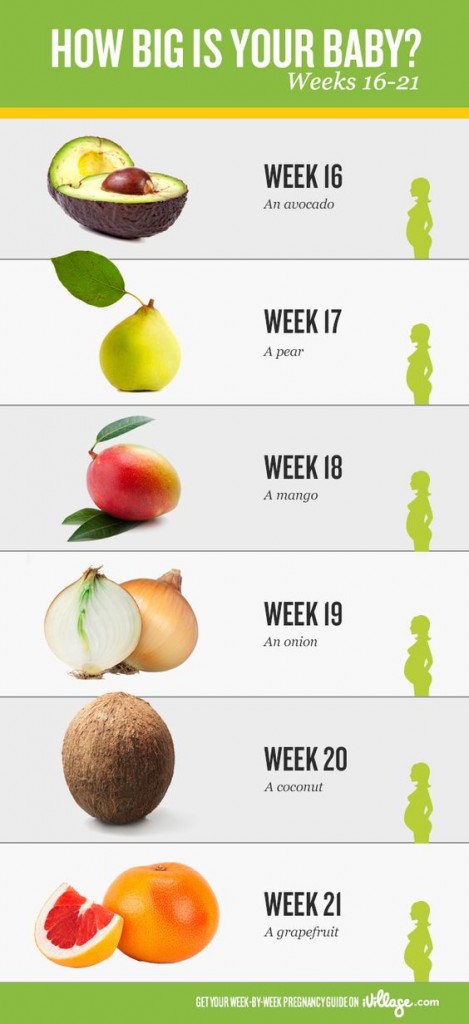
If you order for more days, the food will be cheaper. For example, a menu for 60 days costs 58,900 RUR, and a daily ration costs 981 RUR.
The cost of my ration in the delivery service. I didn’t have a discount, that is, I paid 6240 R. Such containers with food are brought by a courier. This is the diet for the day. The dishes in the containers did not differ from what I saw on the site, except that they looked less colorfulThe service has a constructor where you can change meals as you wish. For example, remove breakfast and add a second lunch instead. For each meal, you can choose one of 5-6 dishes. Unloved dishes can be added to the black list, and favorite dishes to the white list, then they will change automatically. For example, I refuse fish and cottage cheese dishes. At the same time, I like meatballs, shawarma, burritos and sandwiches. Unfortunately, since recently, for each replacement in this particular service, you have to pay 40 R.
I try not to overuse the constructor, because if you choose only your favorite dishes, then the diet will become monotonous and get bored faster.
It says on the box that the order of the dishes must be followed, but I regularly break it, because the periods of physical activity during the day can be different for me. Sometimes it is important to eat more heartily in the morning, and sometimes in the evening. I did not notice any problems due to violation of the order. True, you shouldn’t mix dishes between days: food can go bad.
/list/food-delivery/
Where to order prepared food: 14 home delivery services
Previously, food was delivered to me the day after payment. It was inconvenient: sometimes the food would suddenly run out, and I would forget to order a new portion. It was also possible to specify only a wide delivery interval, for example, from 9 am to 4 pm. At the same time, often the courier still arrived later.
The service has recently changed the terms of delivery. Now you can order food for the next day and specify a two-hour delivery interval, for example, from 9up to 11 o'clock.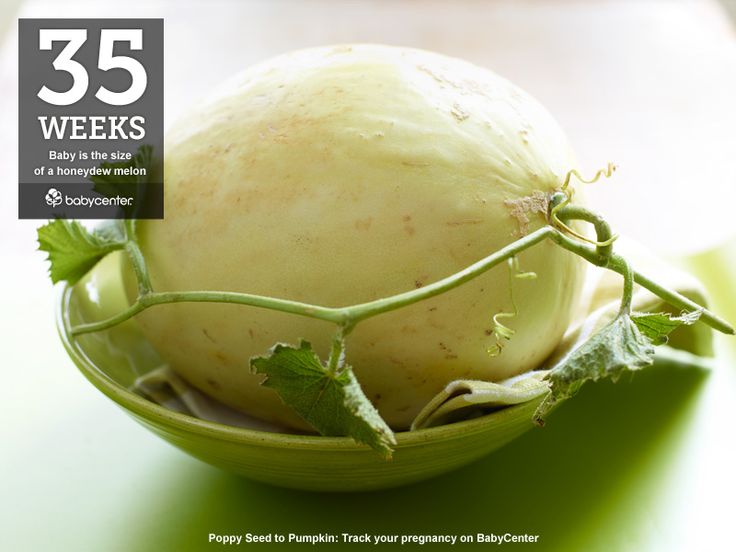 Couriers are also late. Now it takes me a maximum of half an hour to order.
Couriers are also late. Now it takes me a maximum of half an hour to order.
5 Proven Subscription Dinner Delivery Services
However, there are drawbacks to food delivery services. Firstly, the courier can bring a battered container of food - this happened to me twice. The first time they gave me another dish as compensation, and the second time they simply promised to punish the courier. Still occasionally I was brought over-salted or spoiled food. Then I wrote to the support service, and, as a rule, they gave me a discount on the next order or added an additional dish to the future delivery.
In general, I paid 6240 rubles for six days of prepared food.
How to spend and save wisely
Subscribe to manage your budget
How I cooked my own food
When I cook, I try to spend as little time on it as possible. During the experiment, I also tried to manage as quickly as possible, so I didn’t come up with complex dishes.
Preparation. The day before the experiment, I made a menu for the week. I decided that my main courses would be pork and chicken. I don't eat fish. I planned potatoes, pasta, buckwheat and rice for a side dish. I tried to keep the calorie content of the diet at about 2,000 kcal per day, like in a delivery service: it's easier to compare the cost of meals.
The day before the experiment, I made a menu for the week. I decided that my main courses would be pork and chicken. I don't eat fish. I planned potatoes, pasta, buckwheat and rice for a side dish. I tried to keep the calorie content of the diet at about 2,000 kcal per day, like in a delivery service: it's easier to compare the cost of meals.
/stay-home-food/
Onion soup, shakshuka and navy pasta: 9 ideas for cheap food during quarantine
Then I went to the grocery store. I spent an hour and a half on the hike. I spent the longest time choosing goods by the ratio of price and quality and standing in line.
I spent 2463 R on groceries
| Quantity | Cost | |
|---|---|---|
| Pork Schnitzel | 1200 g | 390 Р |
| Protein bars | 5 pcs. | 260 P |
| Butter | 360 g | 246 P |
| Chicken breast | 960 g | 211 P |
| Minced chicken breast | 500 g | 153 R |
| Candy "Korovka" | 800 g | 140 R |
| Tomatoes in own juice | 1 can | 132 P |
| Washed potatoes | 2.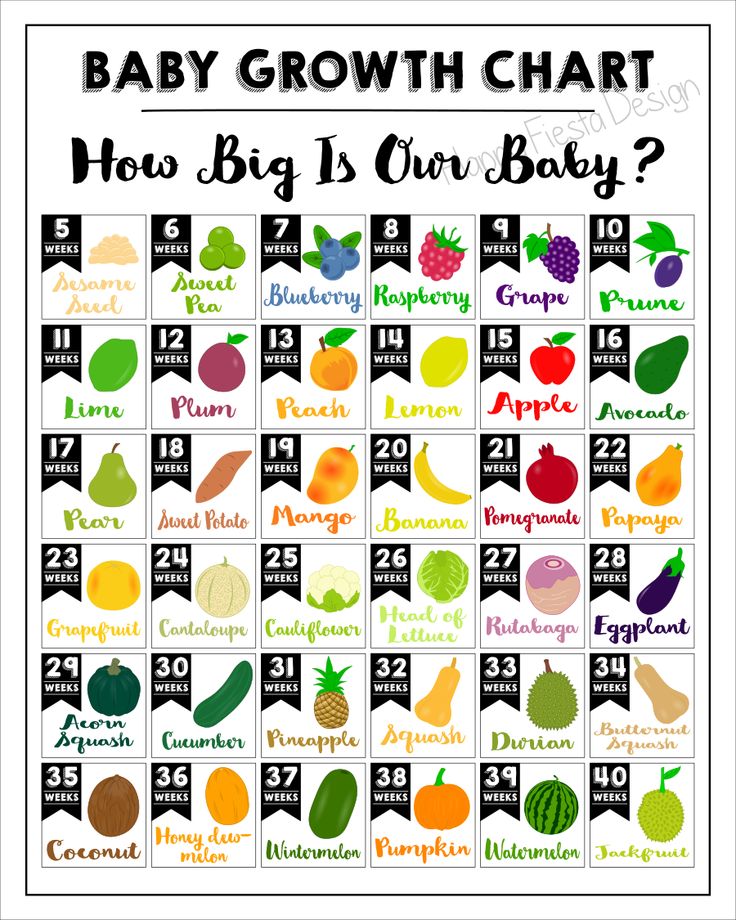 5 kg 5 kg | 120 R |
| Buckwheat in bags | 400 g | 95 P |
| Onion | 1.8 kg | 94 P |
| Parboiled rice | 400 g | 84 R |
| Chicken eggs | 10 pcs. | 68 R |
| Garlic | 200 g | 67 R |
| Sour cream, 15% | 180 g | 53 P |
| Ground smoked paprika | 25 g | 50 P |
| Greens, assorted | 70 g | 50 P |
| Frozen vegetables | 400 g | 50 P |
| Pasta | 450 g | 49 P |
| Hot Cup Soup | 3 pcs. | 48 P |
| Caucasian lavash | 300 g | 37 P |
| Dried garlic | 15 g | 34 R |
| Borodinsky bread | 400 g | 32 R |
SHRNILEL PWINA
Number
1200 g
Cost
390 R
Protein Bats
Number
5 pcs.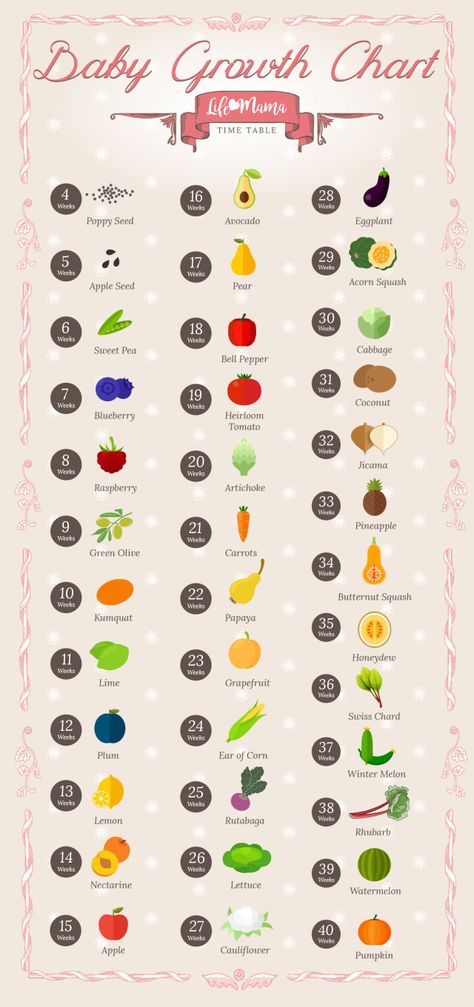
Cost
260 R
Cream oil
Number
360 g
Cost
246 2 246 R
Chicken breast
9000 960 g
9000 9000 9000 9000 211 R 9000 ° 9000 r 9000 p 9000 ° 9000 r 9000 2 Minced chicken breastQuantity
500 g
Cost
153 R
Candies "Korovka"
Quantity
800 g
Cost
140 R
Tomatoes in its own juice
Number
1 Bank
Cost
132 R
Potatoes washed
2.5 kg
22 Cost
120 R
Buckwheat in bags
Quantity
400 g
Cost
95 R
90 90 82 Number
1.8 kg
Cost
94 Р
Figured
Number
400 g
Cost
84 P
Chicken eggs
10 pcs.
Cost
68 r
Garlic
Number
200 g
Cost
67 R
Sweat0004 180 g Cost 53 R Smicked ground Number 25 g Cost
Greens, Assorted
70 g 9000 G
Cost
50 Р
Frozen vegetables
Quantity
400 g
Cost
50 Р
Pasta 9002 Quantity0004 450 g Cost 49 R Hot Cup Soup Quantity 3 pcs. Cost 48 r Lavash Caucasian number 300 g Cost 37 p garlic 
15 g
9000 Bread "Borodinsky"Quantity
400 g
Cost
32 R
Products that I boughtWhat I cooked. I decided the day before the experiment to bake potatoes and fry pork with chicken. For another week, I boiled eggs, rice and buckwheat, cooked pasta with minced meat, fried croutons and scrambled eggs. To prevent the meat from spoiling, I froze it after cooking.
Cooked food lasted more than a week. From the products, everything went into business, nothing had to be thrown away. At the same time, I liked homemade food more than food from the service.
/save/food-hack/
How to spend less money and time on cooking
My six-day menu
| Breakfast | Snack | Lunch | Snack | Dinner | |
|---|---|---|---|---|---|
Mon.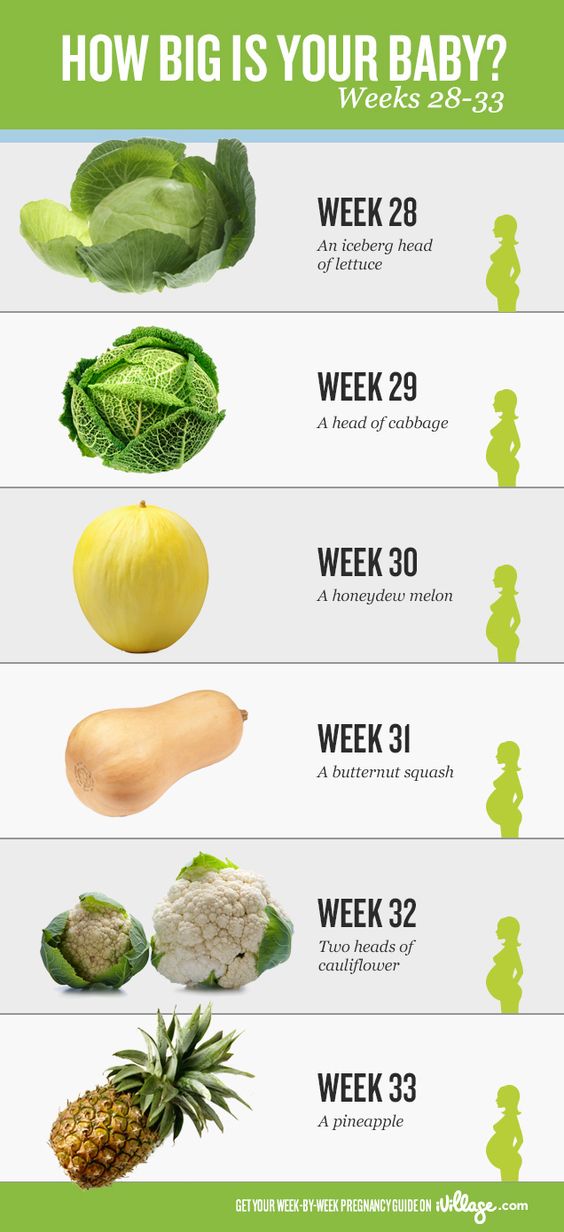 | Tea with protein bar | Sugar-free tea with four Korovka sweets | Roast pork with baked potatoes | Pasta with minced meat | Pasta with minced meat |
| W. | Two boiled eggs, Maggi mug with bread | Garlic croutons | Pasta with minced meat and compote | Potatoes, garlic croutons, compote | Sugar-free tea with four Korovka sweets |
| Wed. | Two boiled eggs, garlic croutons, two Korovka sweets | Sugar free tea with protein bar | Roast pork with baked potatoes | Sugar-free tea with three Korovka sweets | Pasta with minced meat |
| Thu. | Three-egg scrambled eggs, garlic croutons, cocoa | Sugar free tea with protein bar | Pasta with minced meat and compote | Sugar-free tea with four Korovka sweets | Roast pork with baked potatoes |
Fri.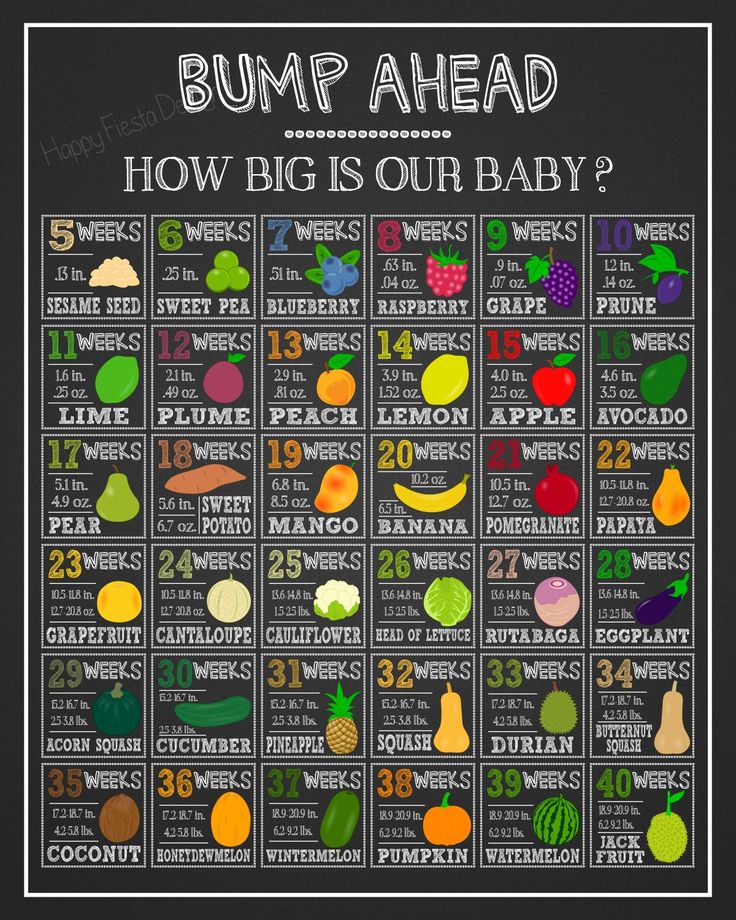 | Maggi mug with bread | Sugar free tea with protein bar | Pasta with minced meat, three candies "Korovka" | Pasta with minced meat | Pasta with minced meat |
| Sat. | Cocoa with protein bar | Fried chicken with buckwheat | Fried chicken with rice | Sugar-free tea with three Korovka sweets | Fried chicken with rice |
Monday
Breakfast
Protein Tea bar
Snack
Sugar tea with four cows four candies
lunch
Fried pork with baked potatoes
Disgory
Macaron with
Dinner
Macarona with minced meat
9000
Breakfast two boiled eggs two boiled venarable , Maggi mug with bread
Snack
Garlic croutons
Lunch
Pasta with minced meat and compote
Snack
Potatoes, garlic croutons, compote
Dinner
Sugar tea with four Cows Four Confets
Breakfast
Two boiled eggs, garlic croutons, Two cow sweets
Sugar without sugar with protein Bank
Fawless pork bars with baked potatoes
snack
Sugar tea with three Cows of three candies
Dinner
Macaron with minced meat
Thursday
Breakfast
Ya -ovarian of three eggs, Carcinos
Snack
Hir Sugar with a protein bar
Lunch
Macaron with minced meat and compote
Disgor
Hiring down sugar with four Cows of
Dinner
FREARE PODICAL POCTITION
9000 FRODICEBreakfast
Maggi mug with bread
Snack
Sugar free tea with protein bar
Lunch
Macaroni with minced meat, three cows
SPU
Macarone with minced meat
Dinner
Macarone with minced meat
Saturday
breakfast
cocoa with a protein Bass
Swarks with a buckwheat
9000 SnackSugar free tea with three Cow candies
Dinner
Fried chicken with rice
How much time did I spend. On the first day I spent 2.5 hours cooking. Another hour was spent cleaning up the kitchen: unloading the dish dryer, wiping the tables, washing the stove and the floor. I washed the dishes in parallel with cooking and after eating - it turned out to be faster. All this was not easy for me: by the evening my back ached.
On the first day I spent 2.5 hours cooking. Another hour was spent cleaning up the kitchen: unloading the dish dryer, wiping the tables, washing the stove and the floor. I washed the dishes in parallel with cooking and after eating - it turned out to be faster. All this was not easy for me: by the evening my back ached.
It took me 7.5 hours to cook and clean. If I decided to cook the same food that the services offered, then it would take even more time.
What I understood from the experiment
Homemade food is cheaper - I spent only 2463 R on it. I ate almost everything I cooked. At the end of the week, I only had a few frozen servings of chicken and spice left. I could control the quality of the food, so all the dishes turned out delicious.
2463 R
I spent on groceries when I cooked myself
At the same time, I had to put up with several inconveniences:
- Homemade food takes a lot of time: you need to make a menu, go to the store, cook dinner, and then wash the dishes and clean up after yourself in the kitchen.
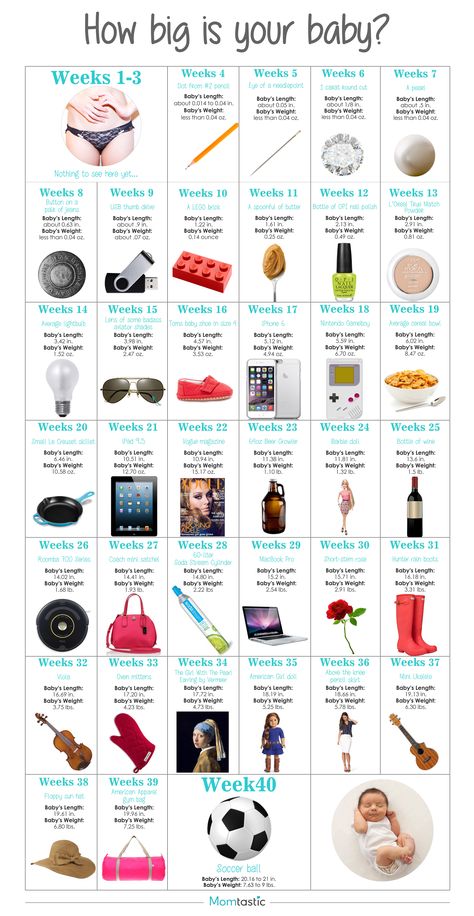
Learn more




